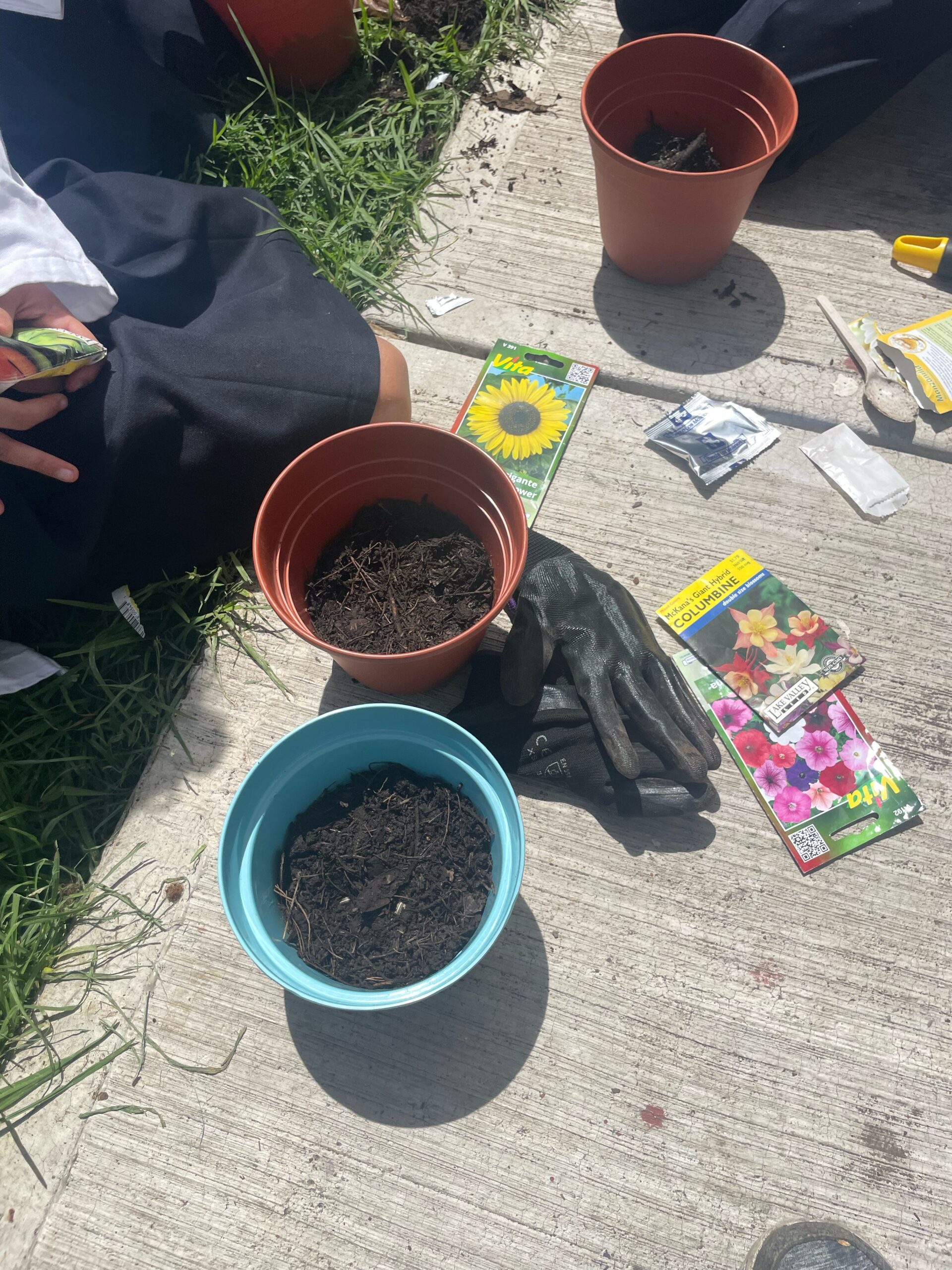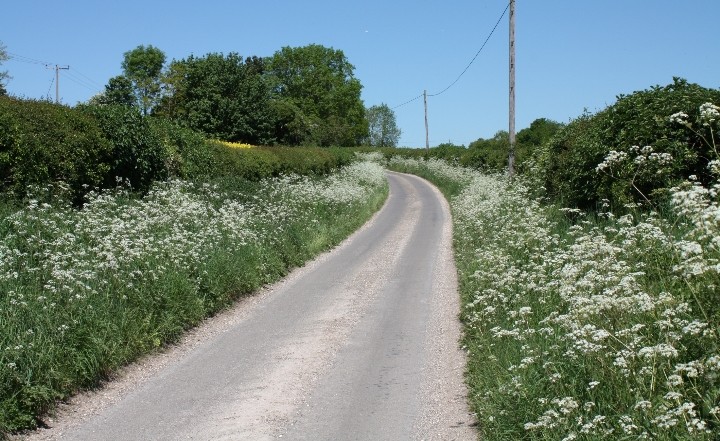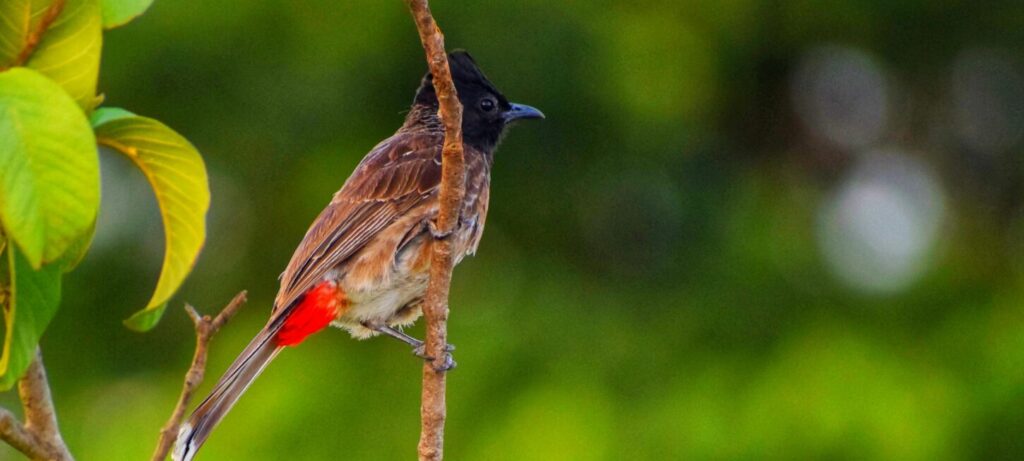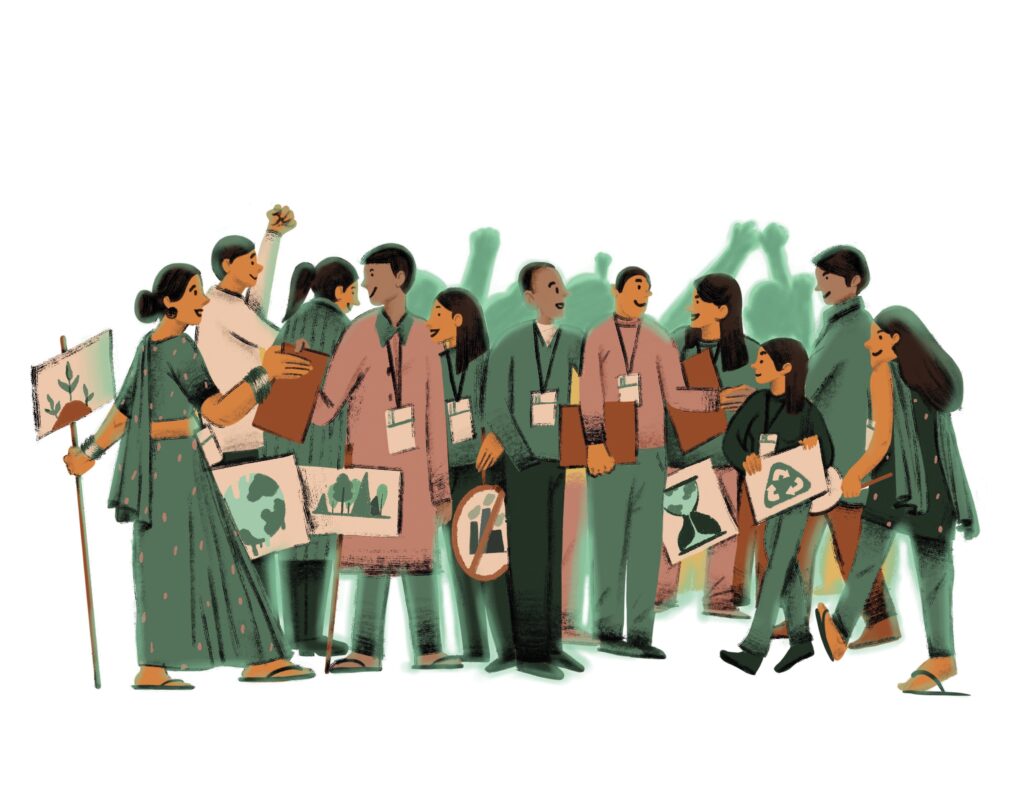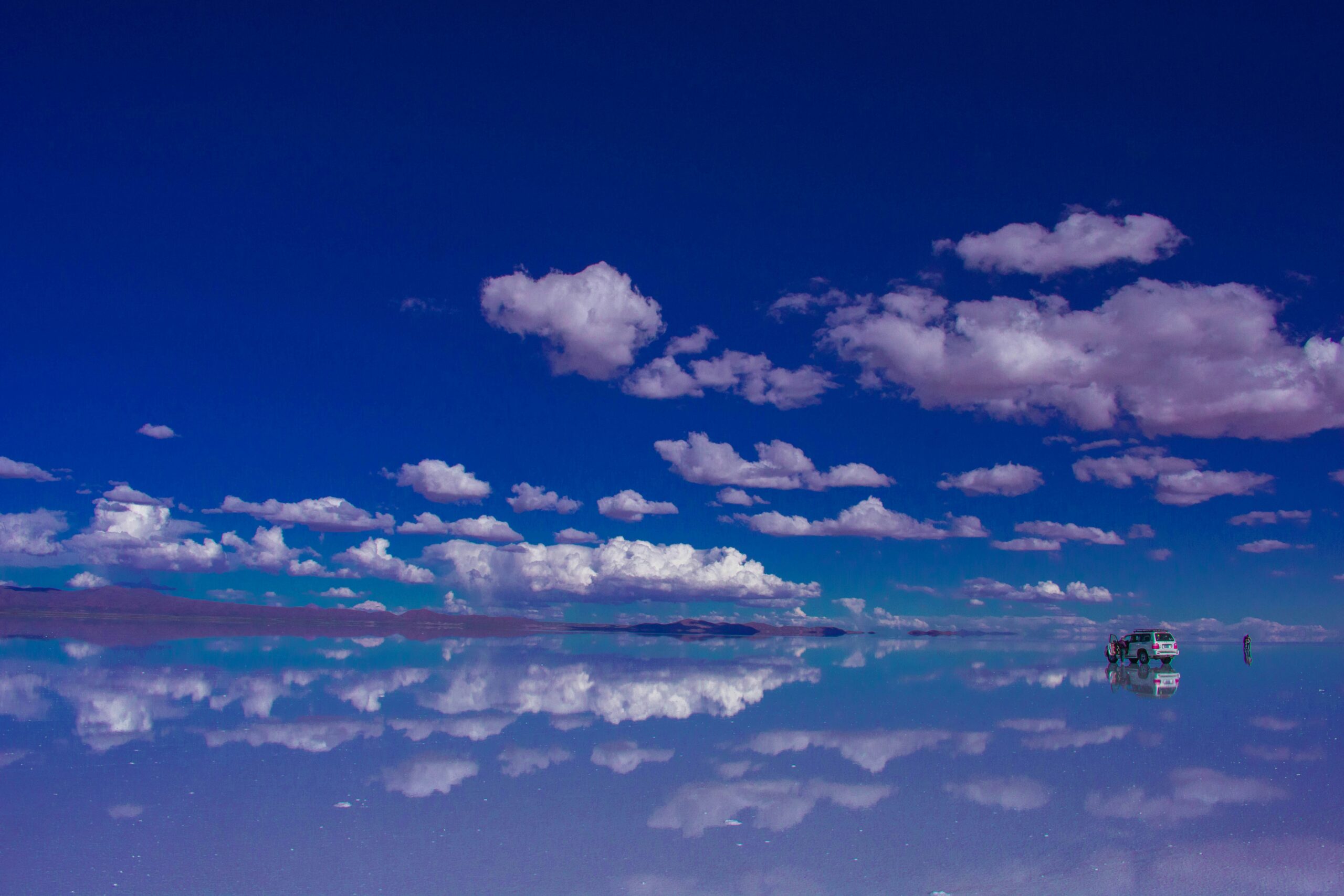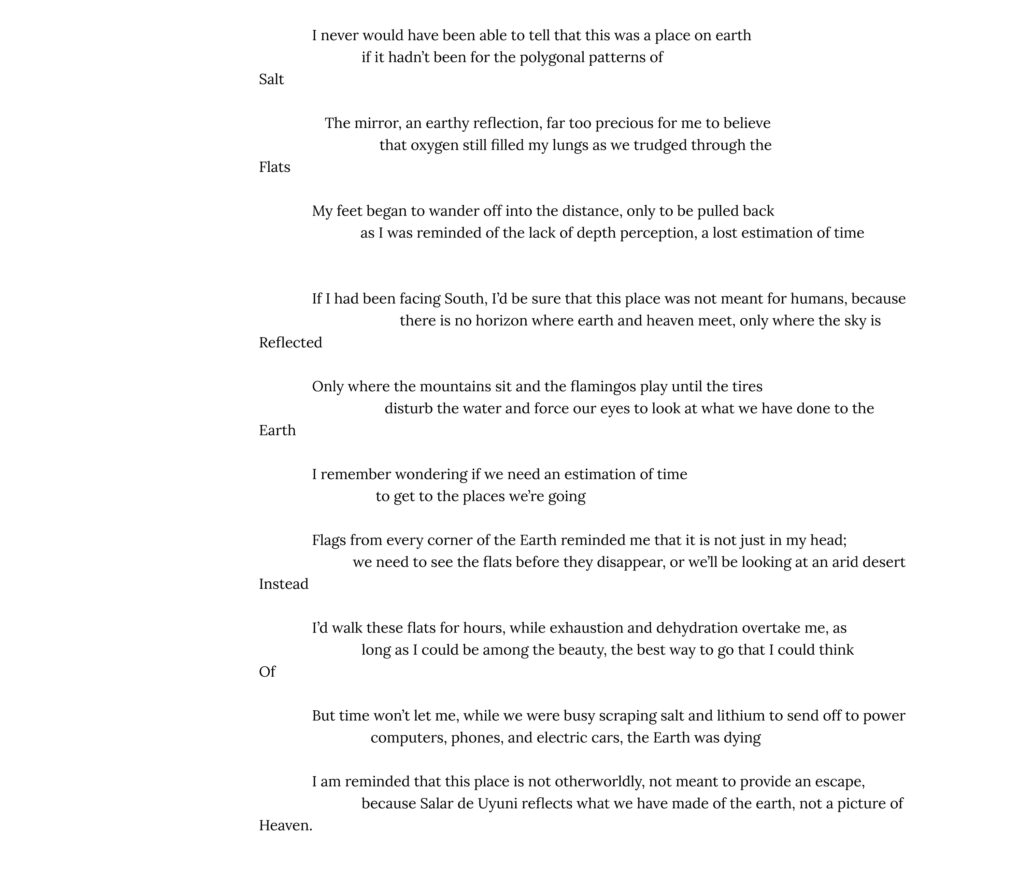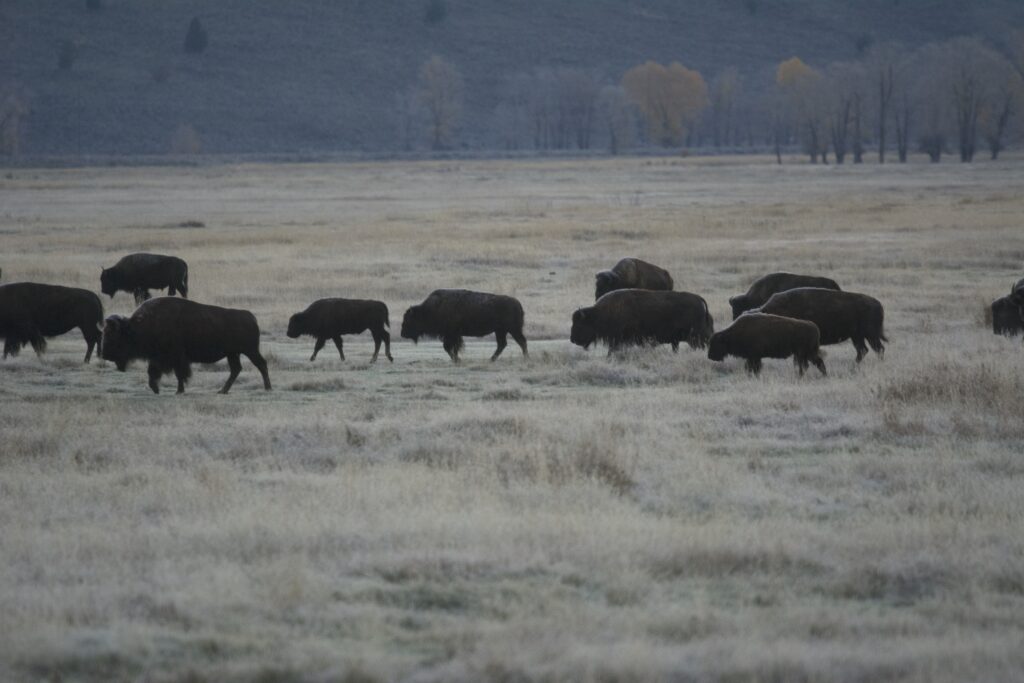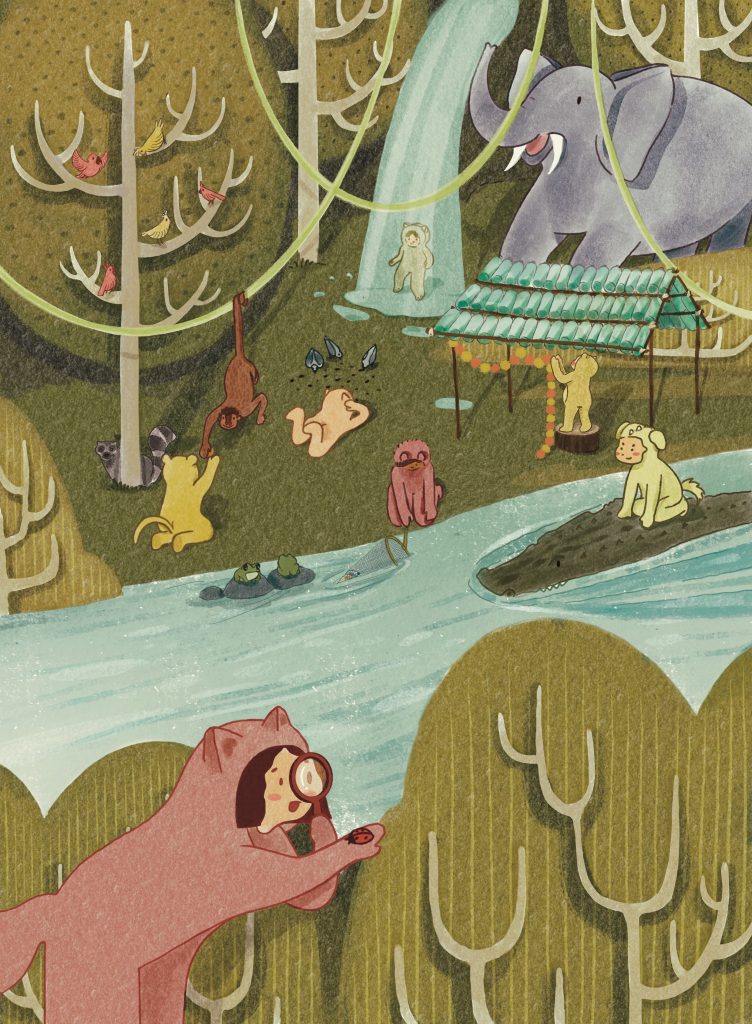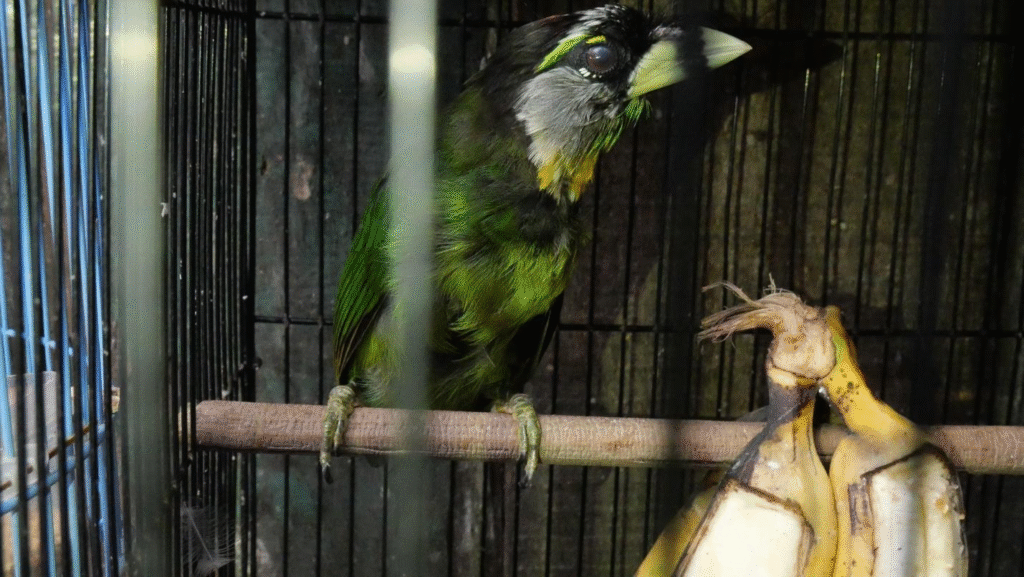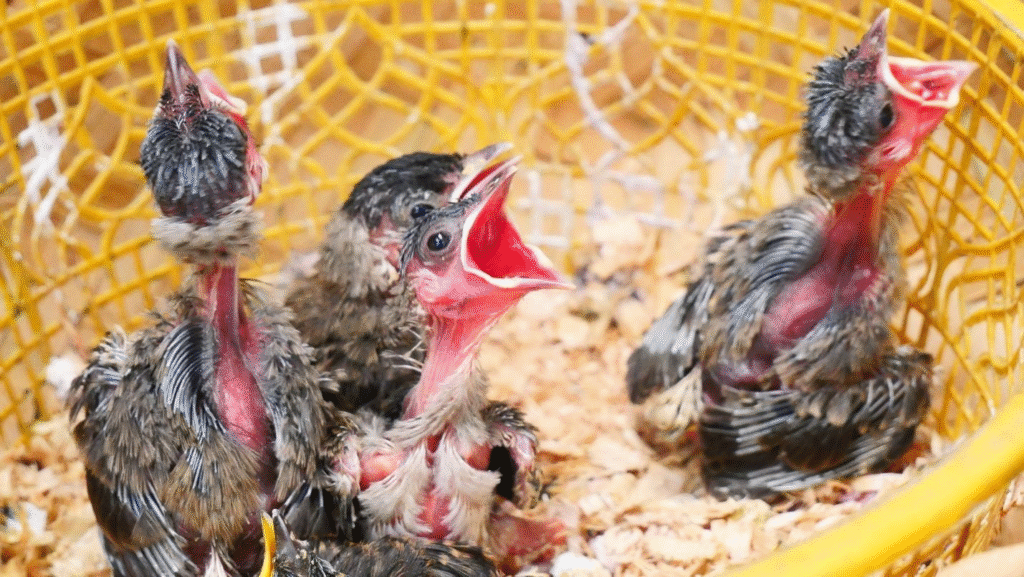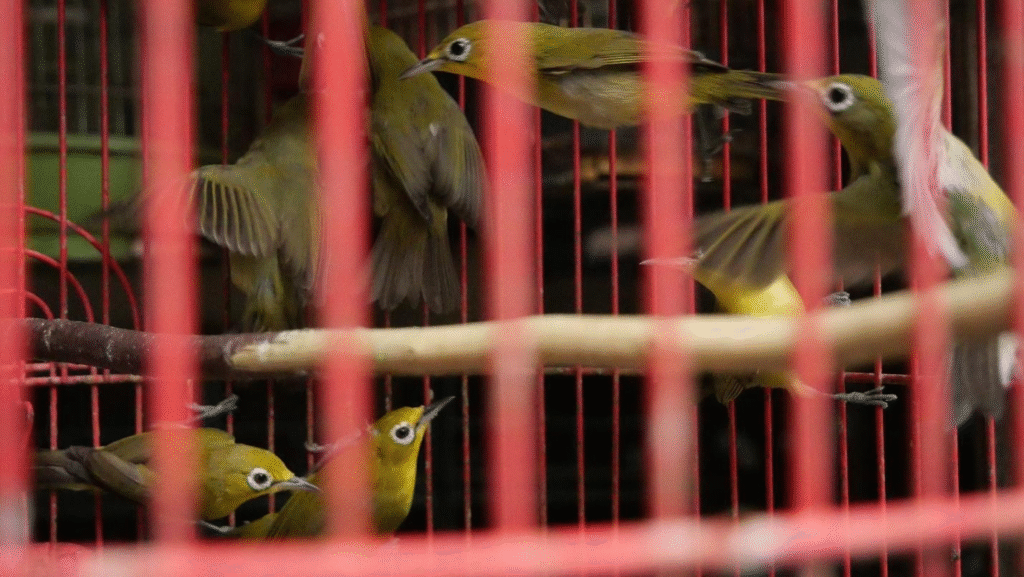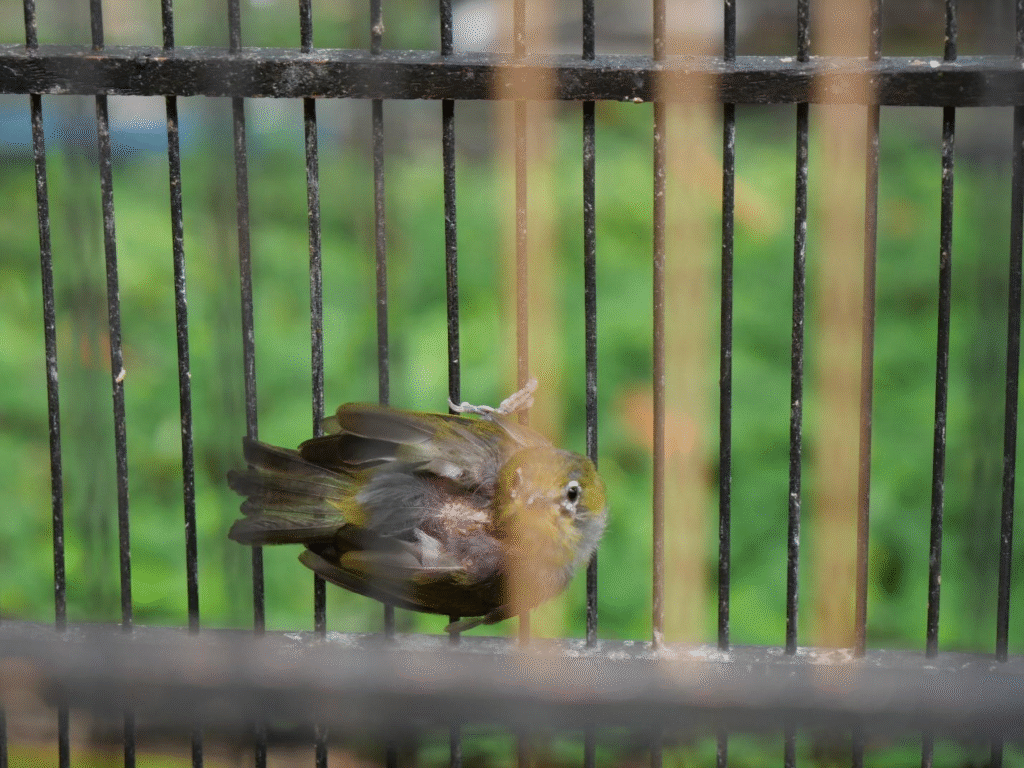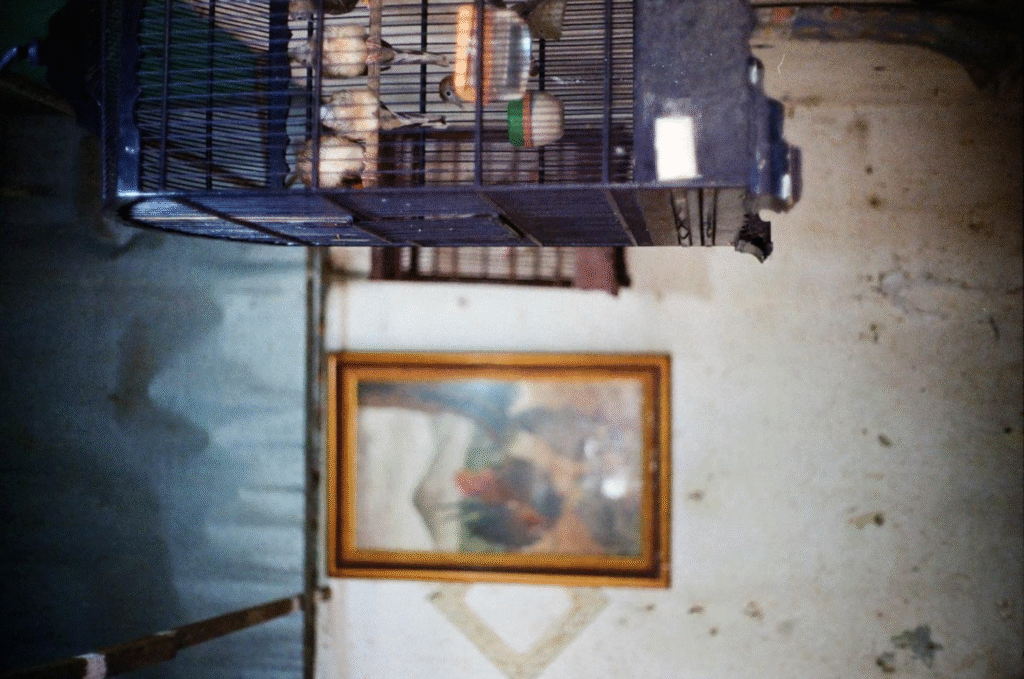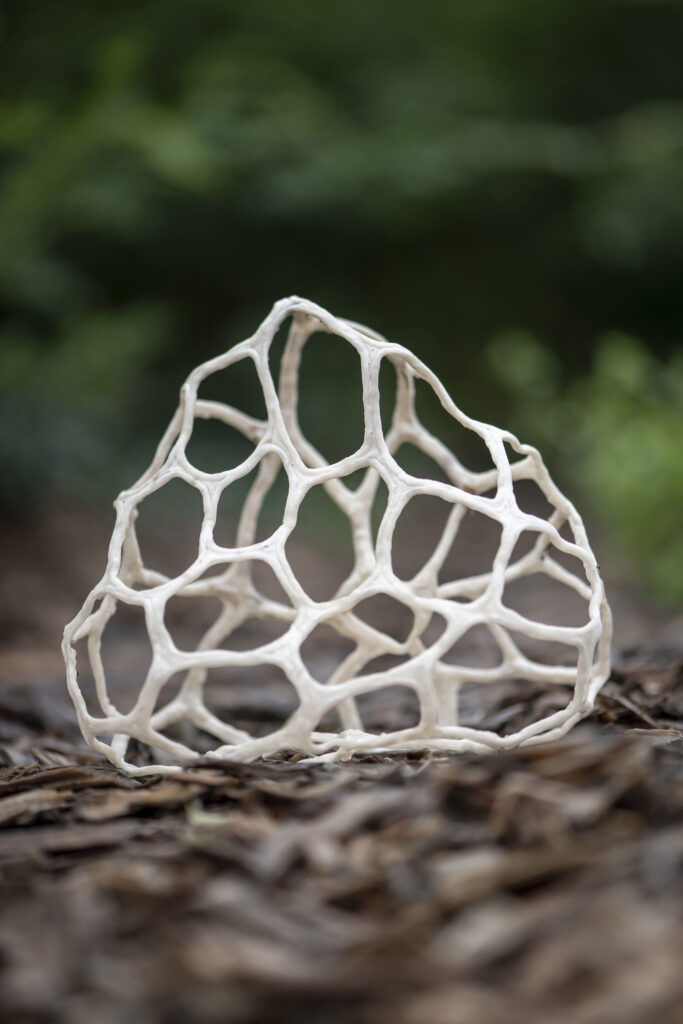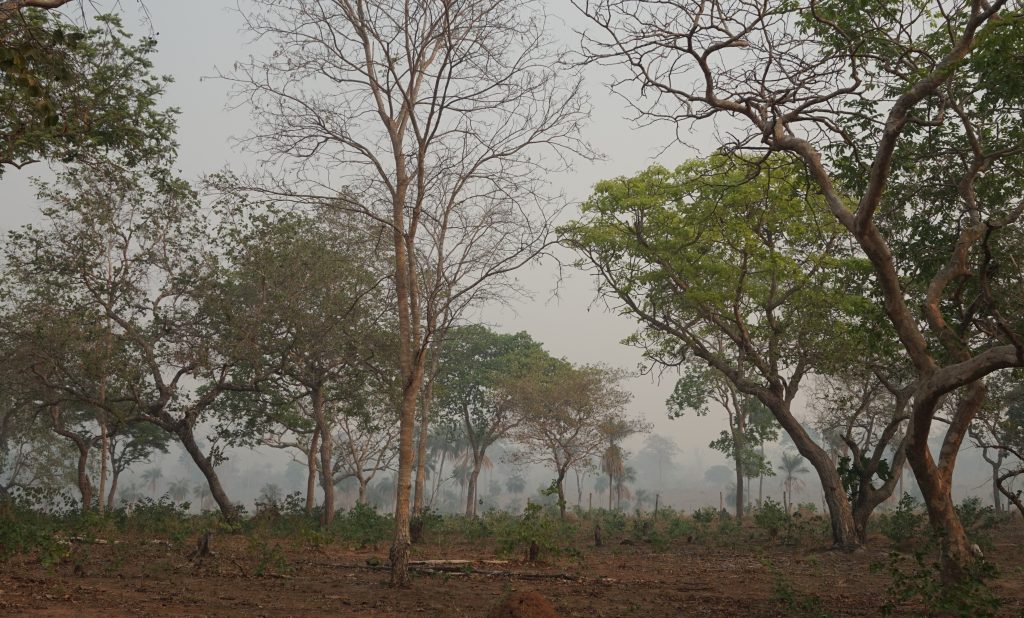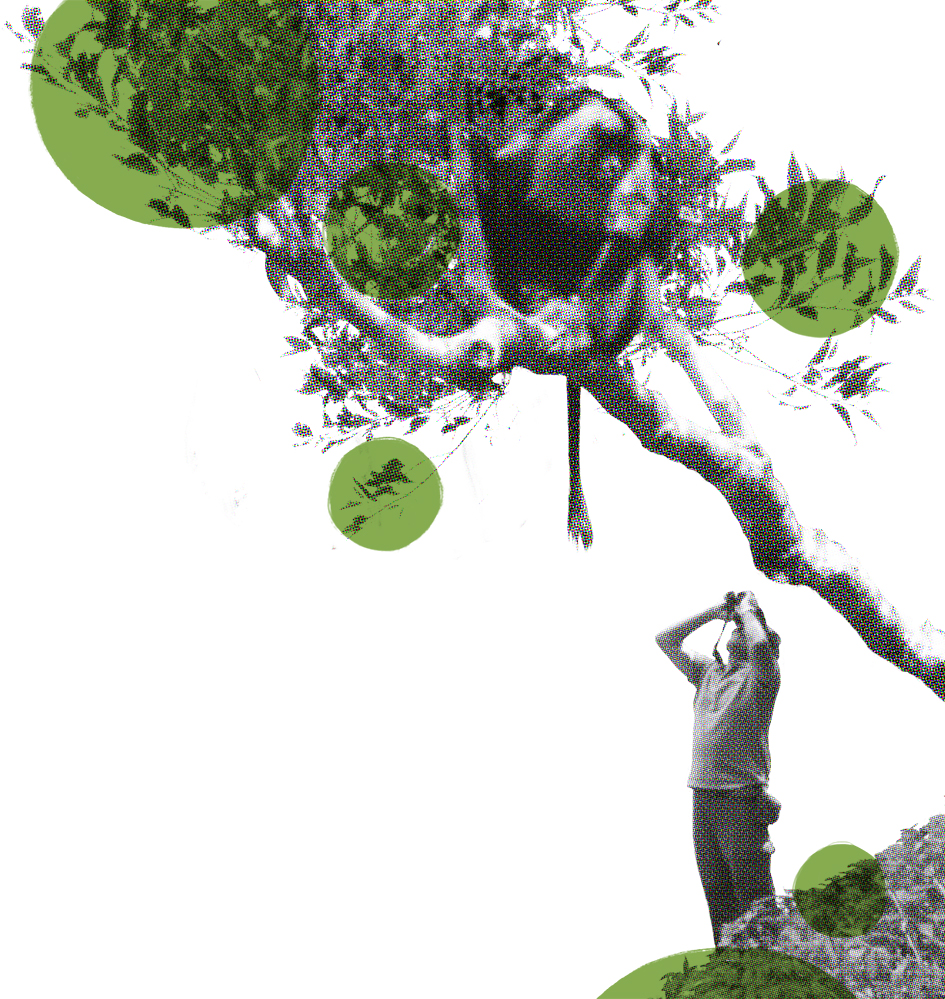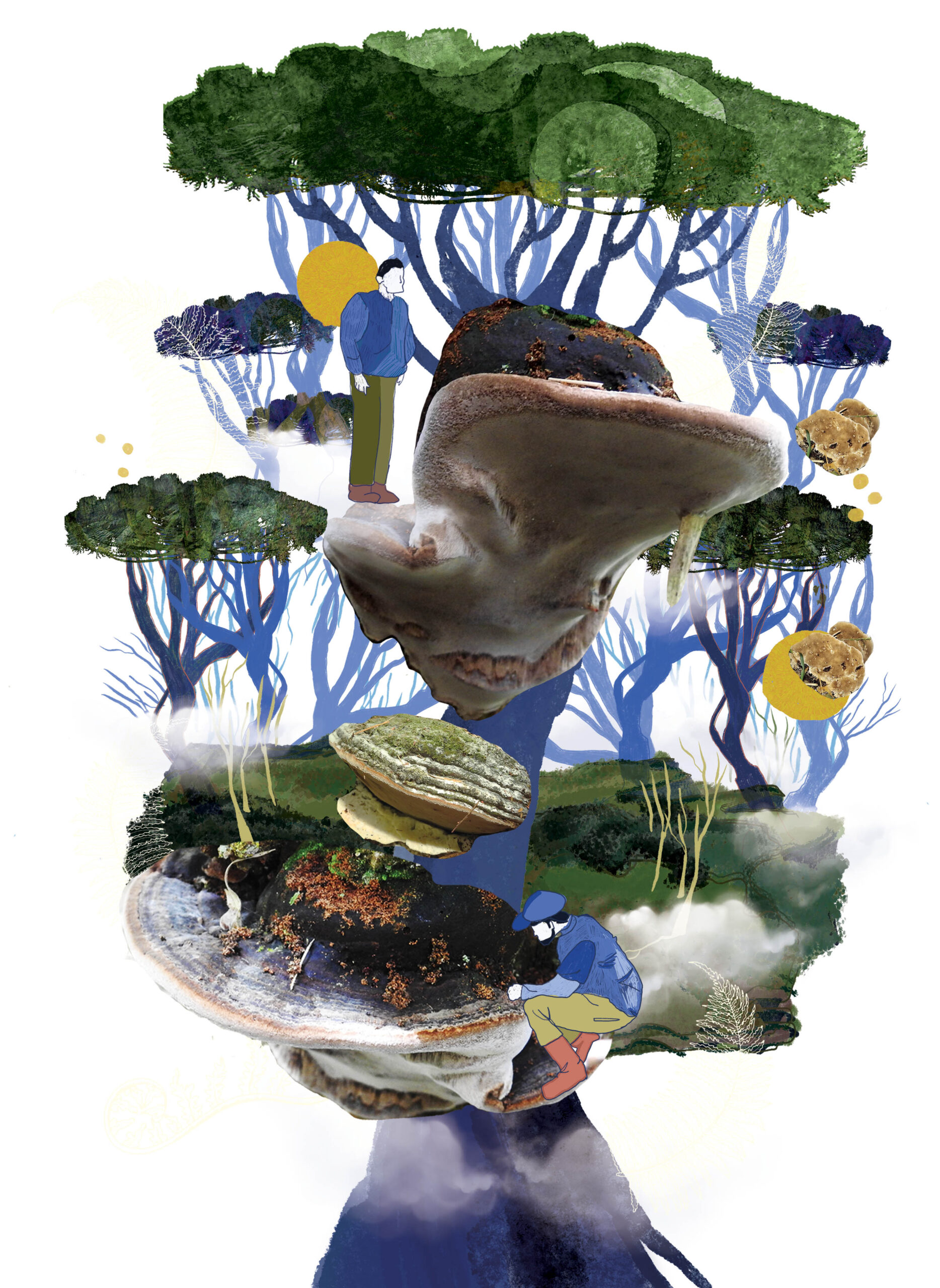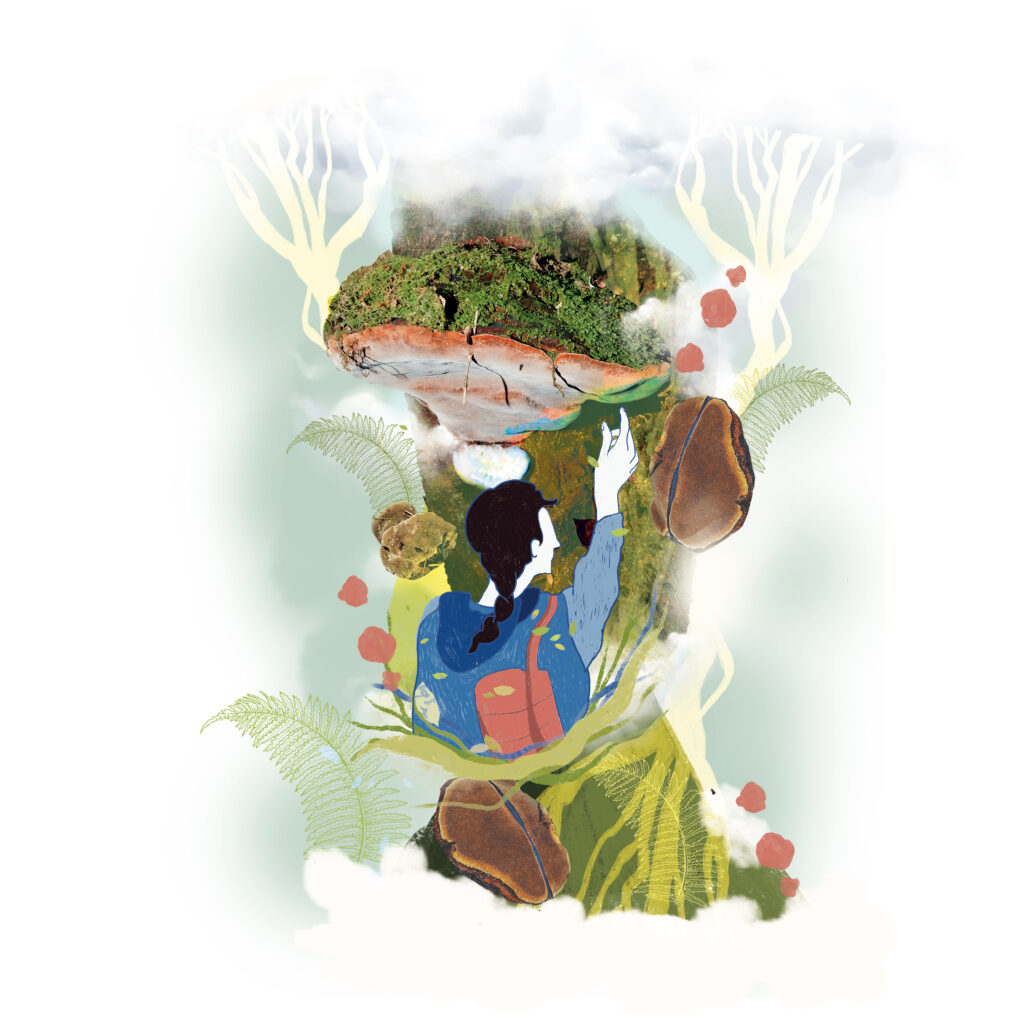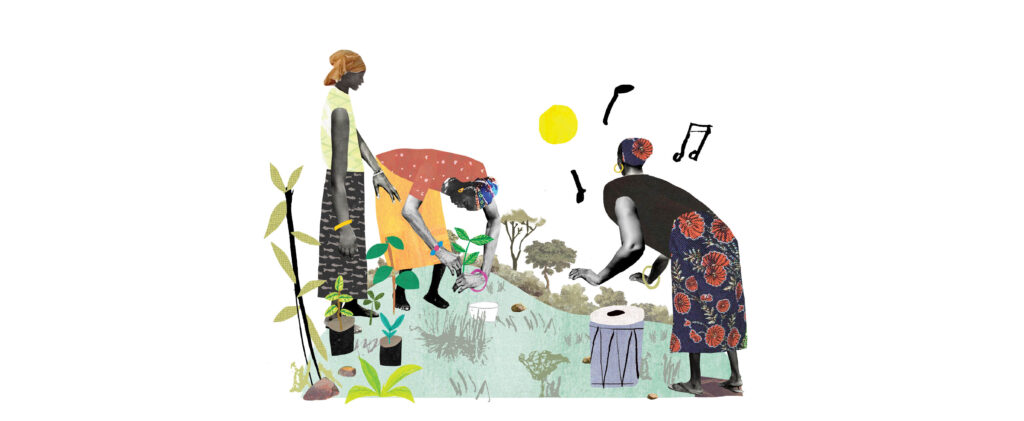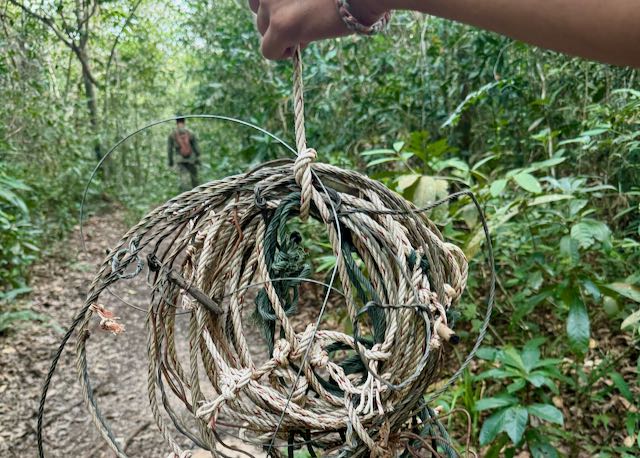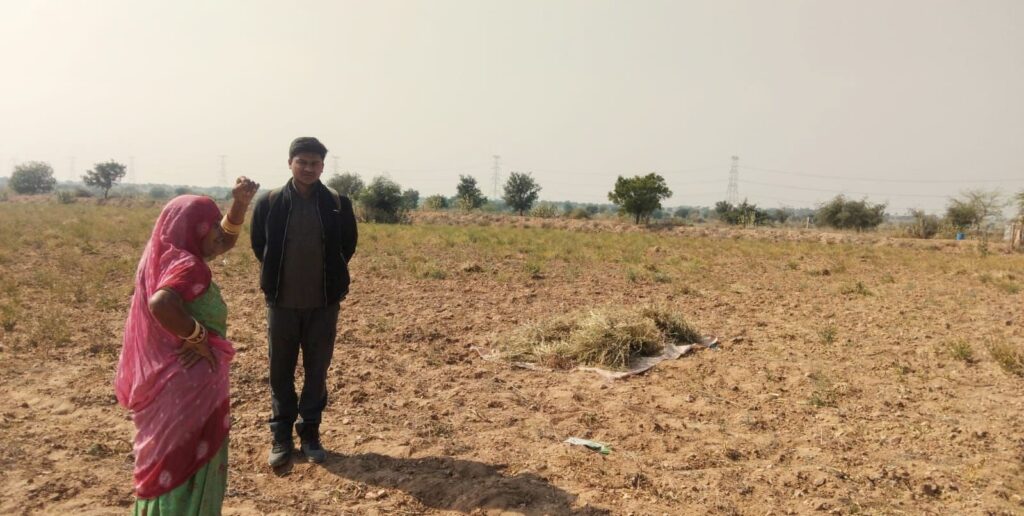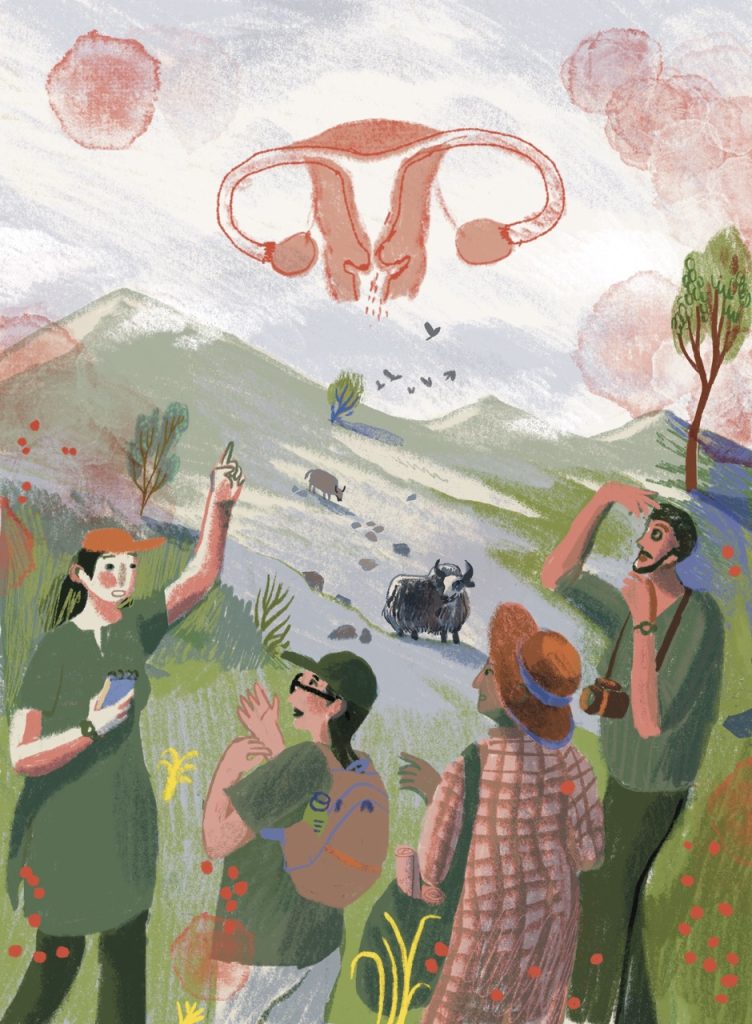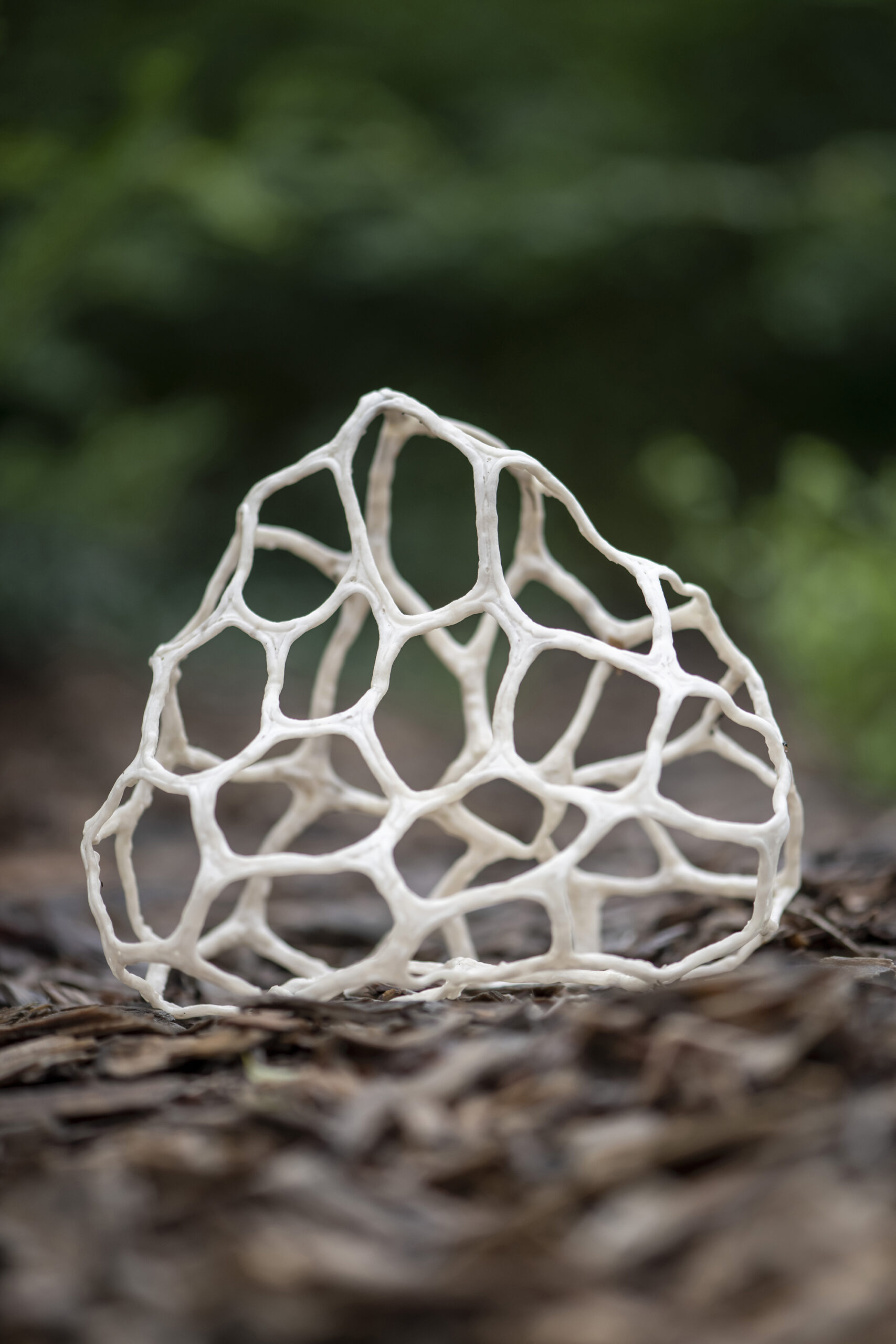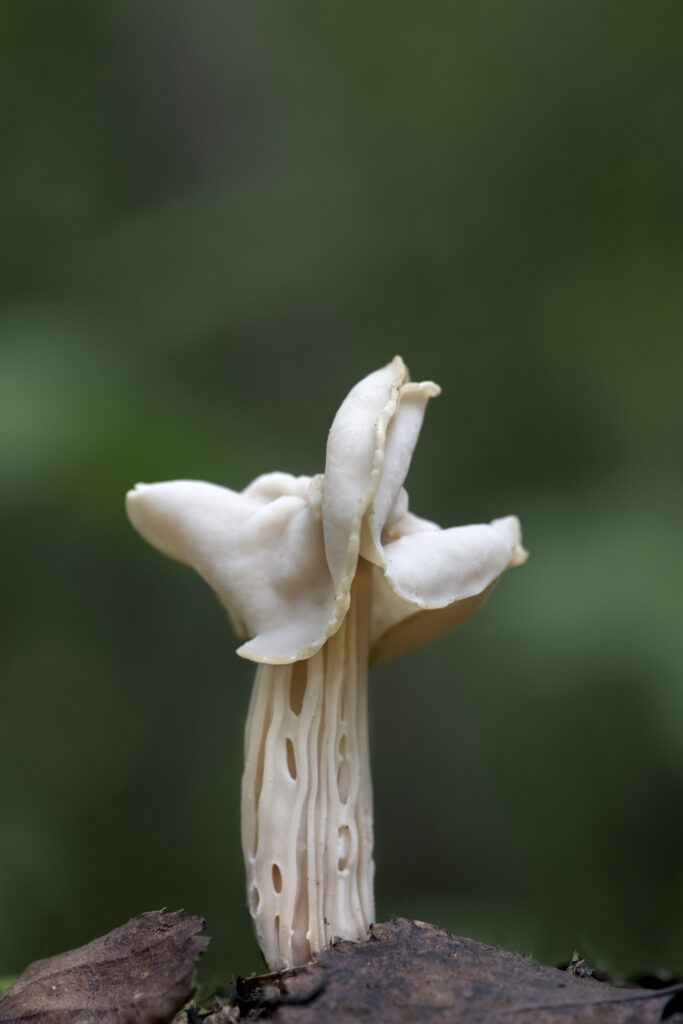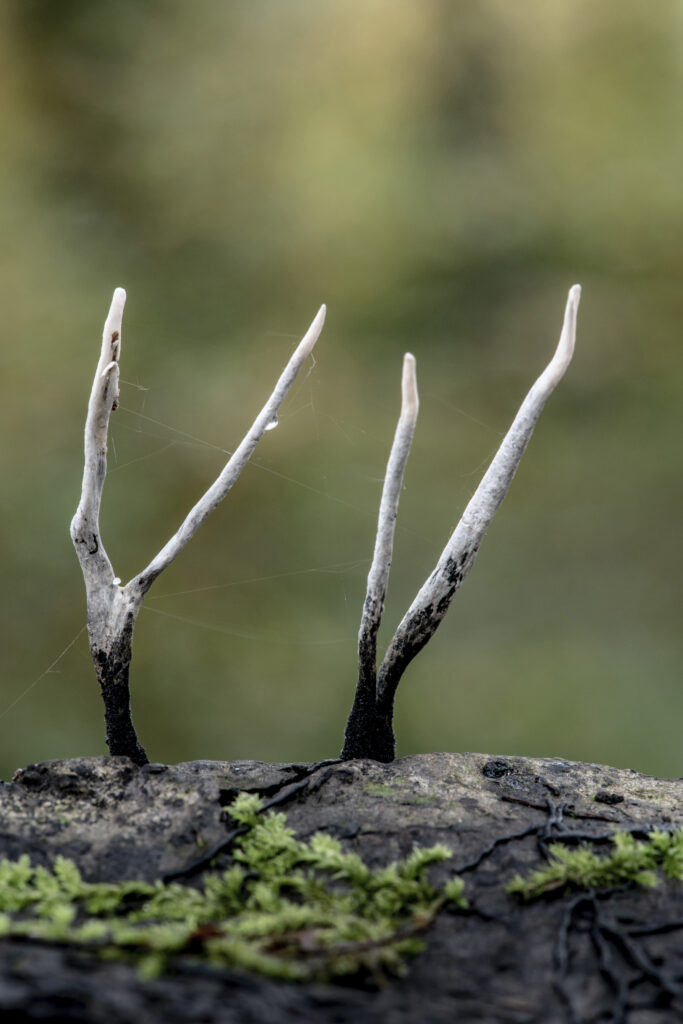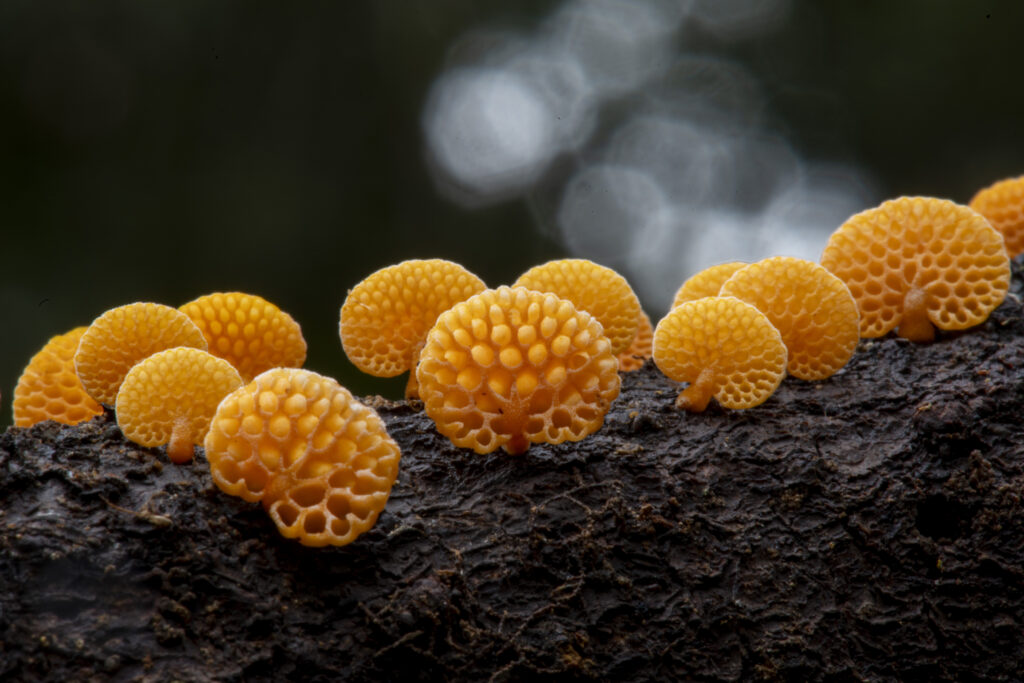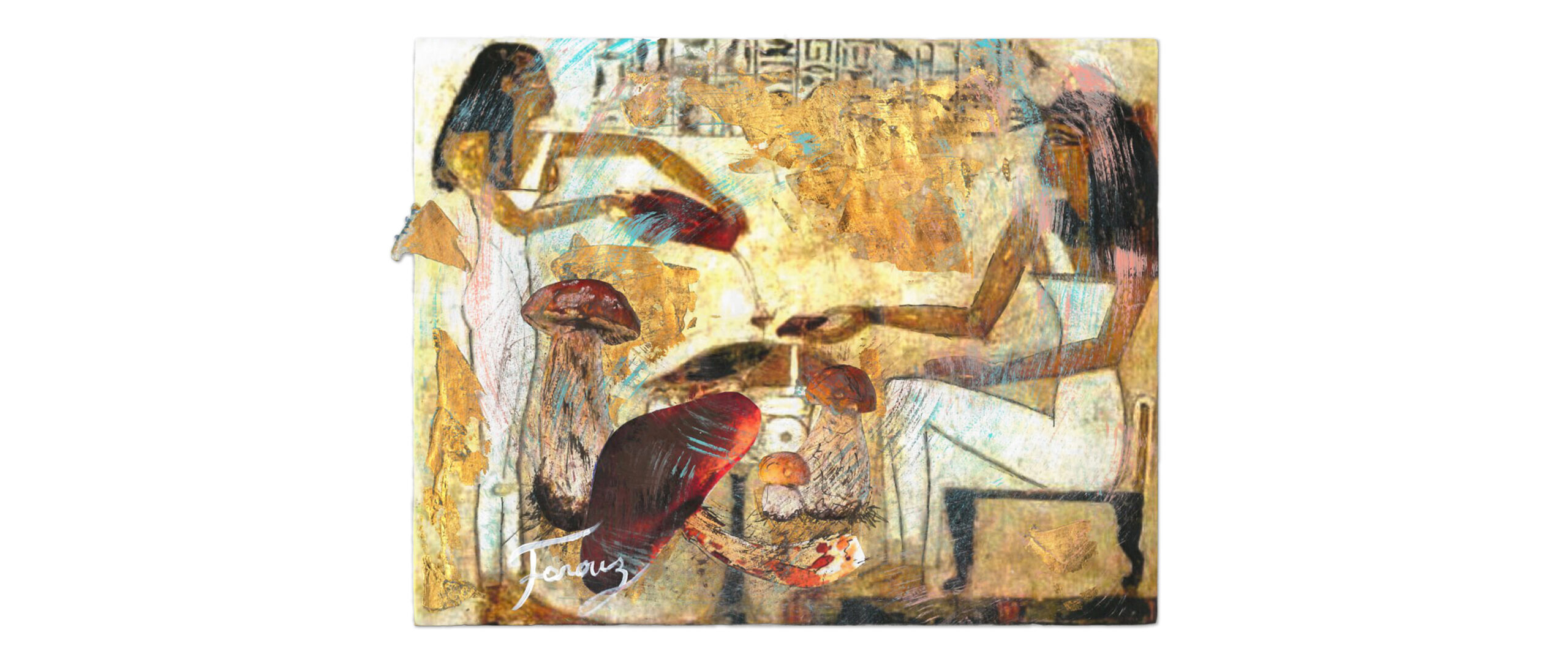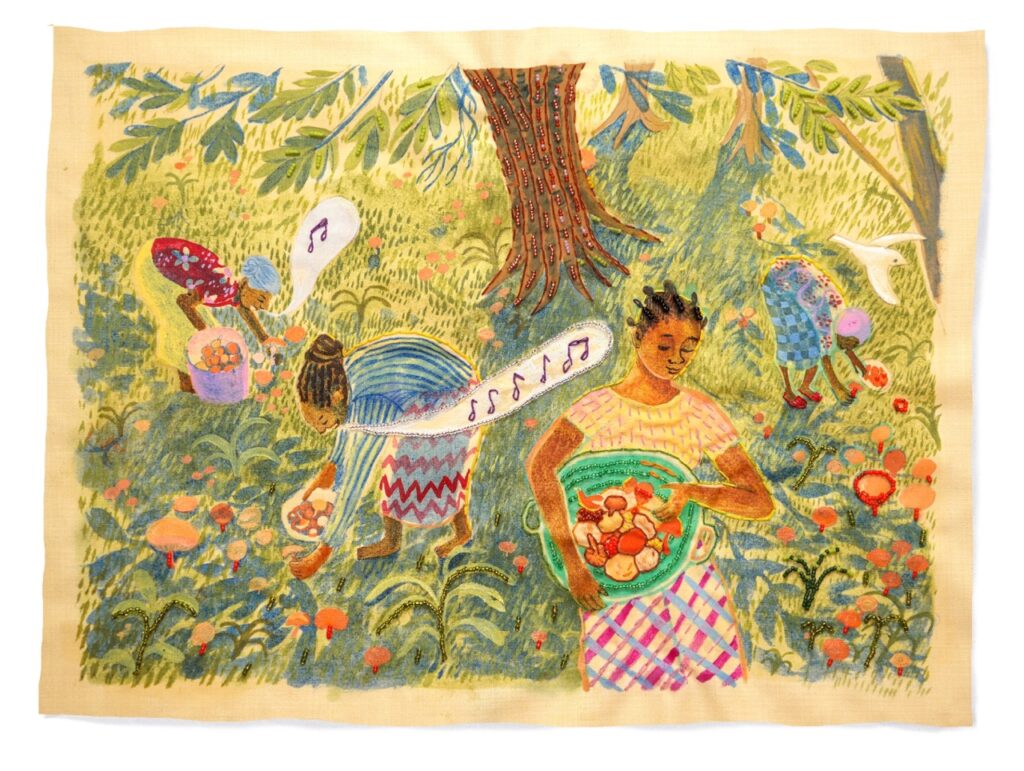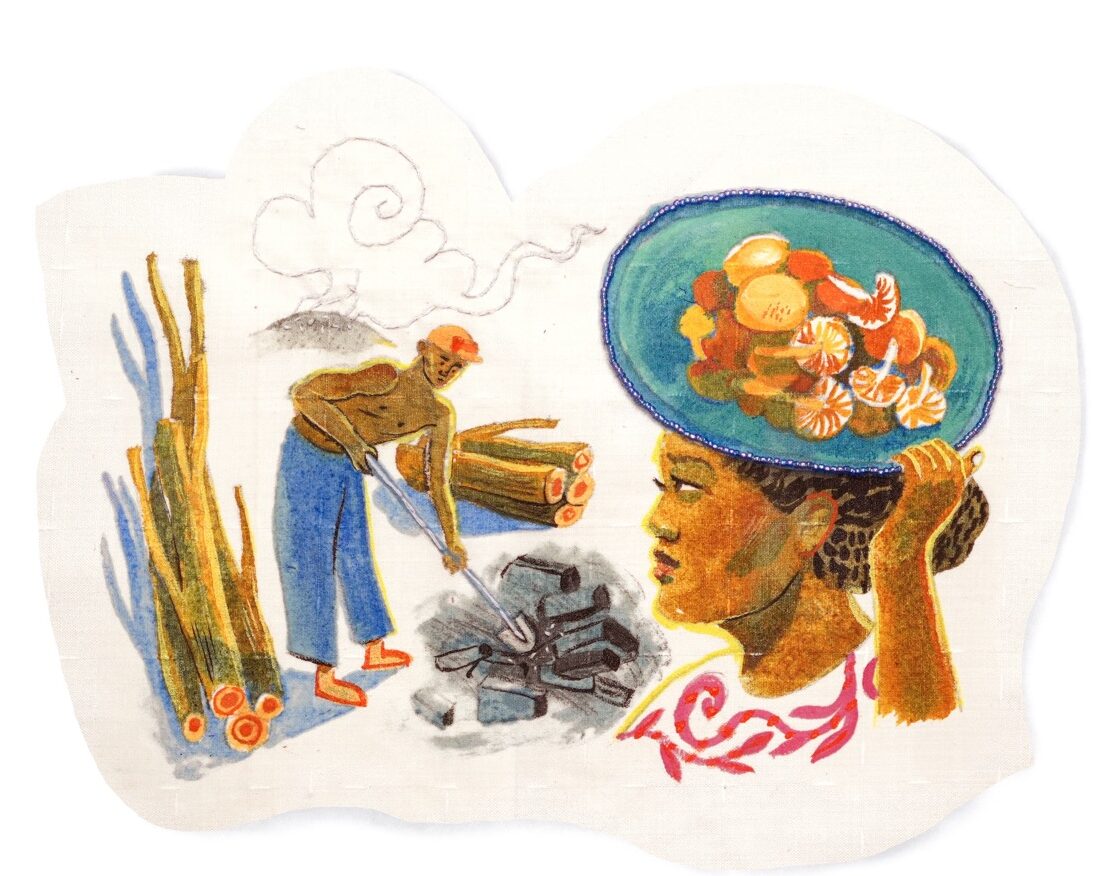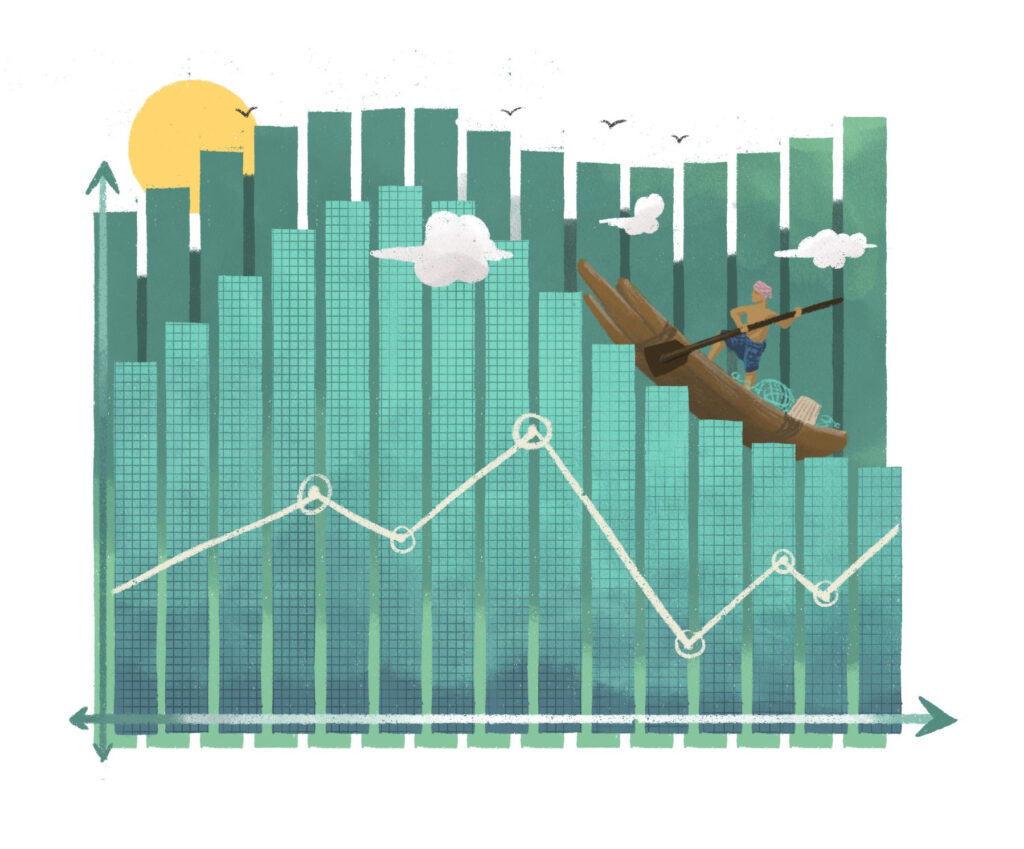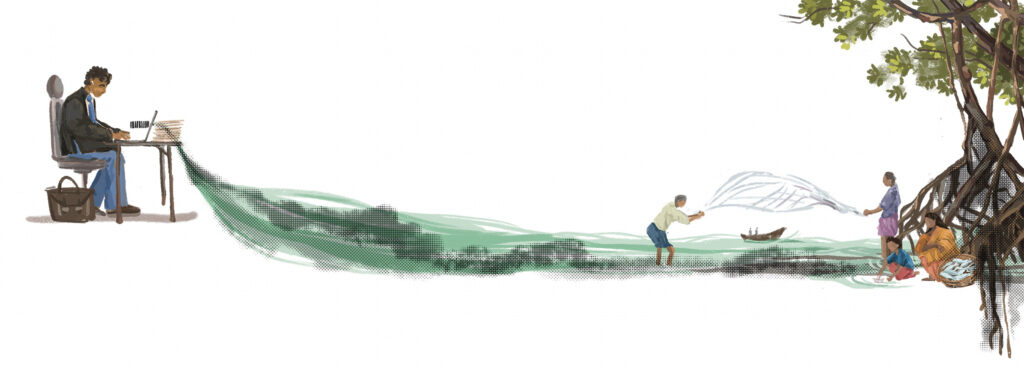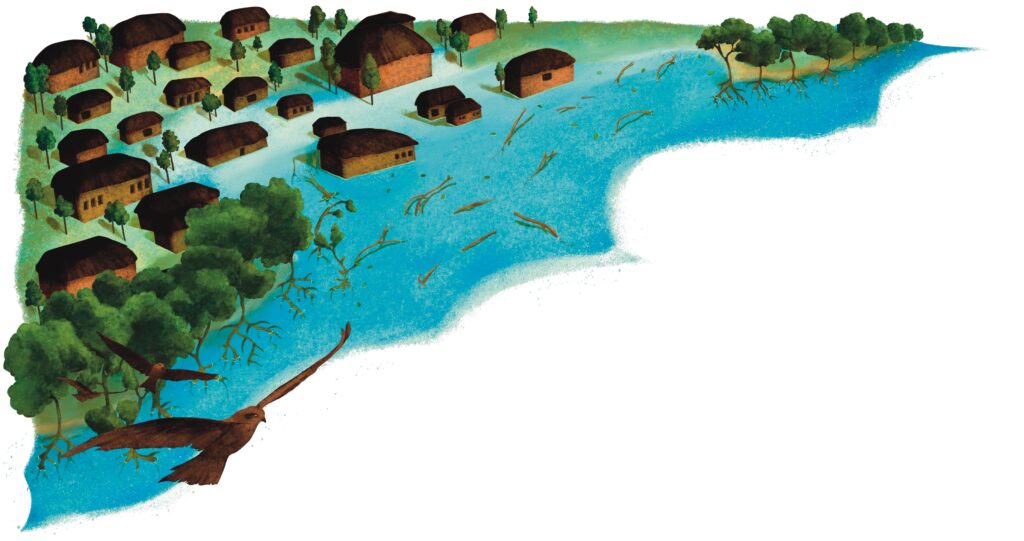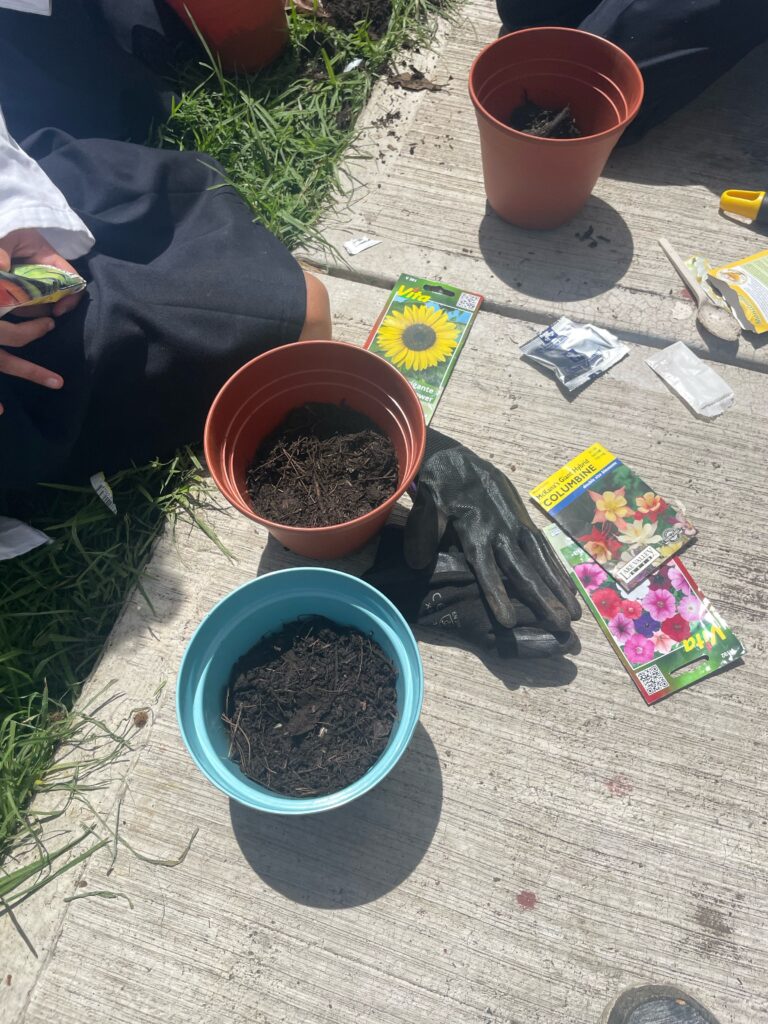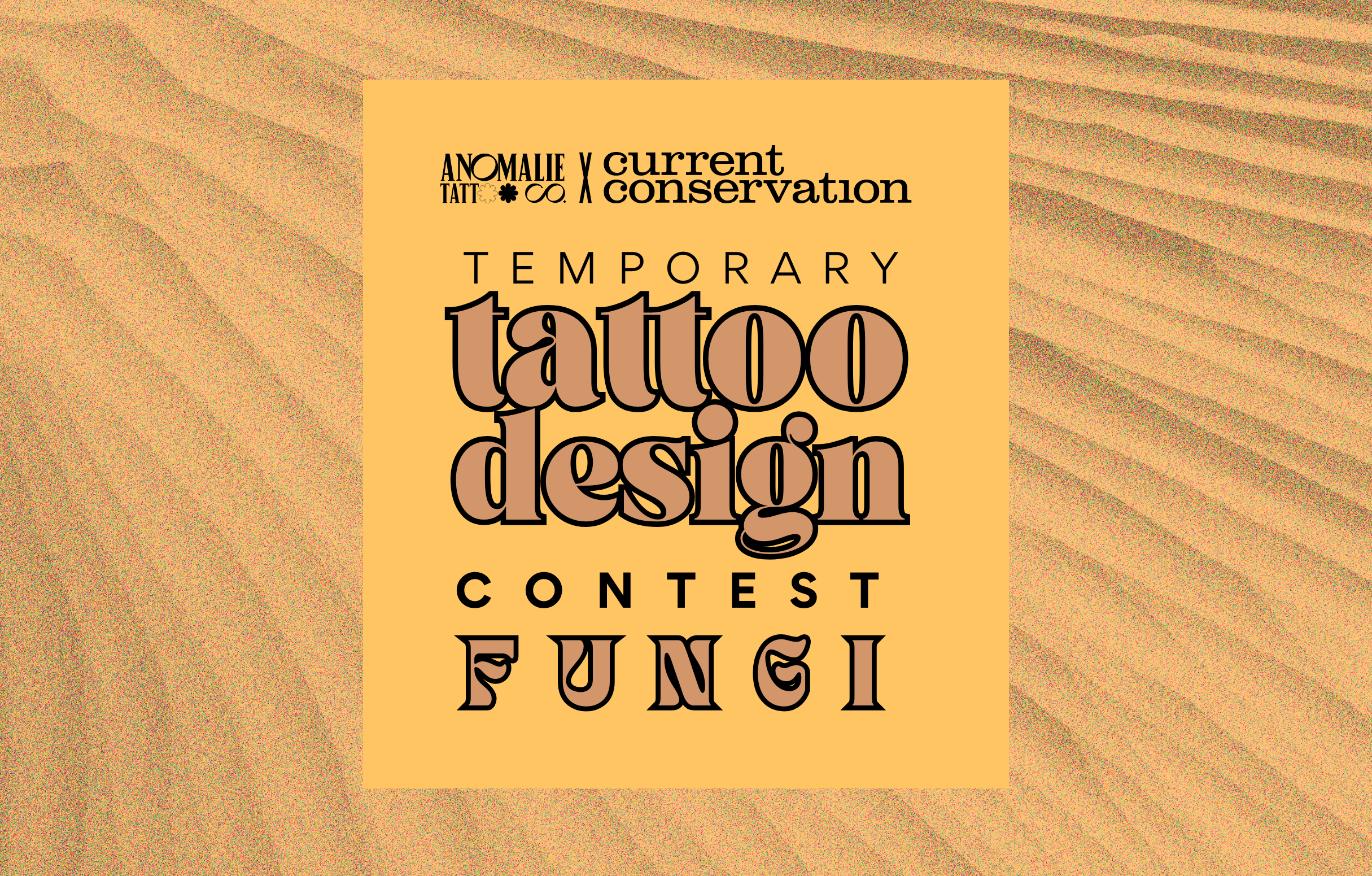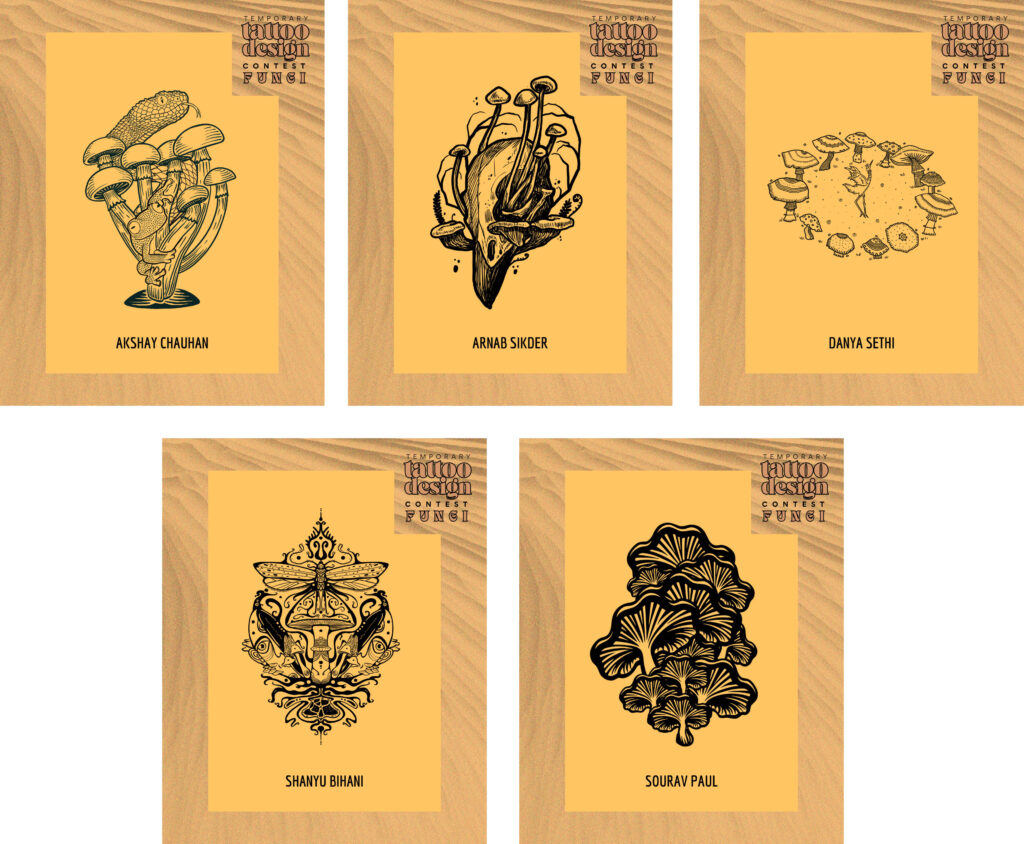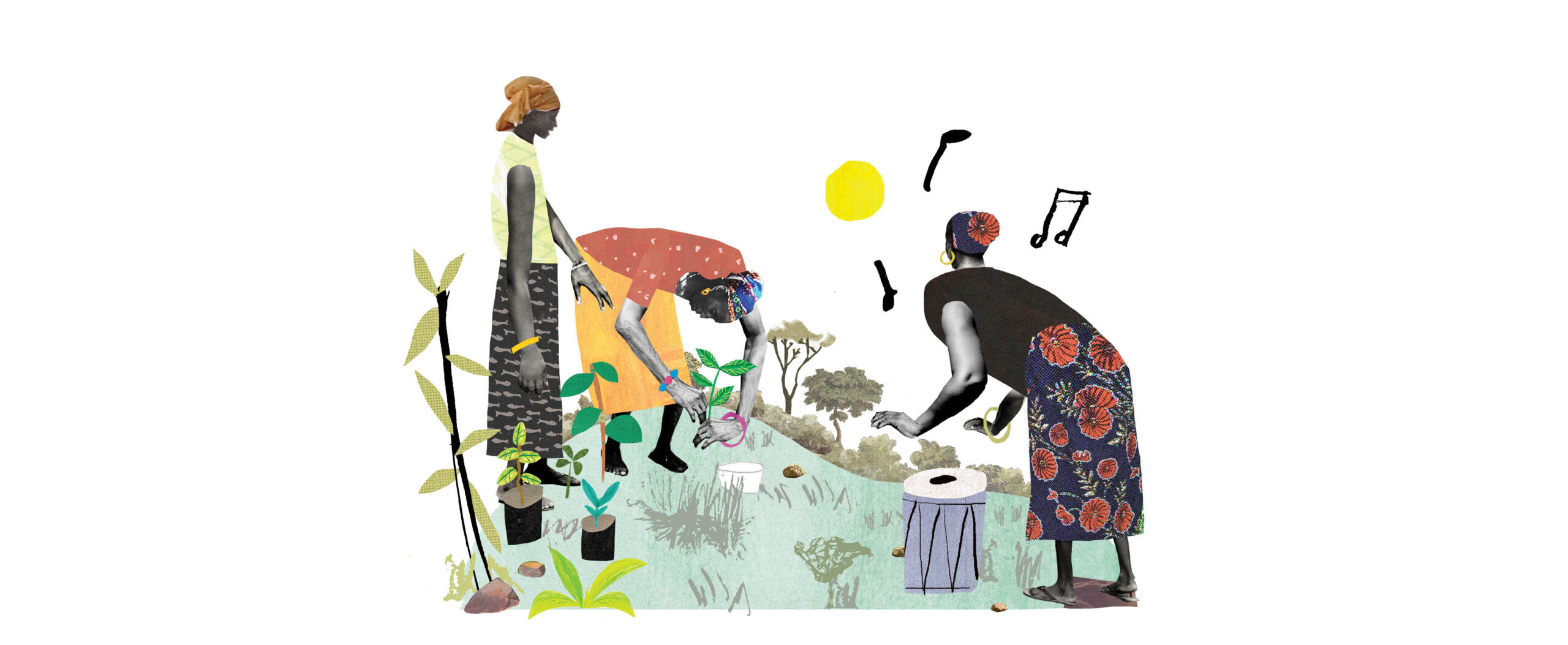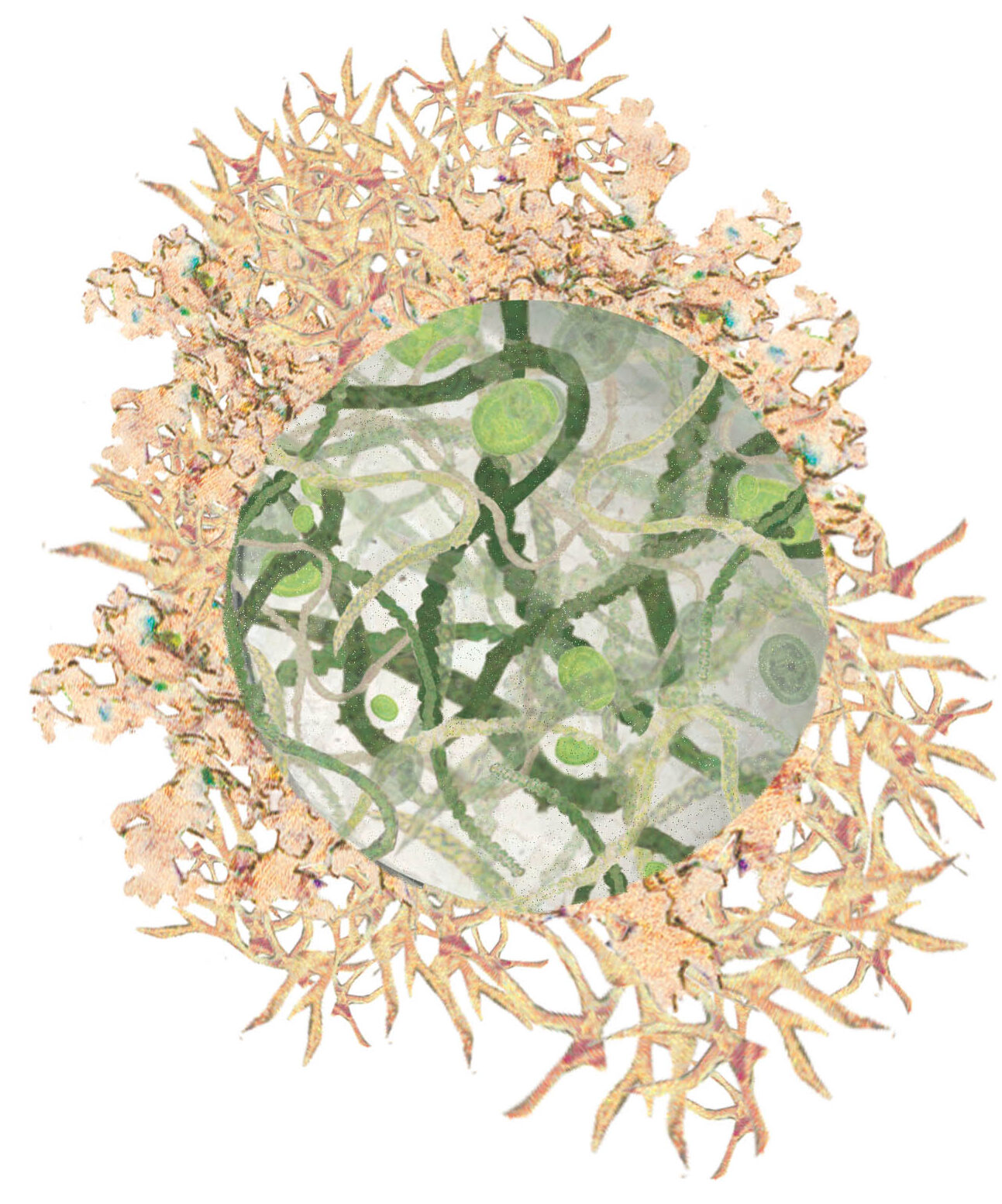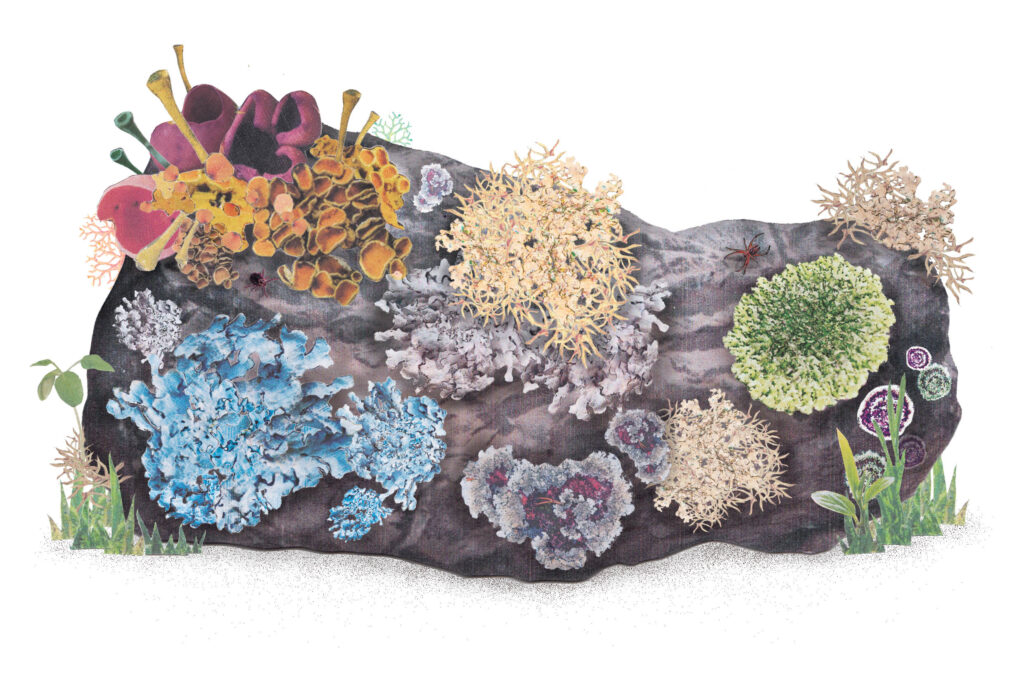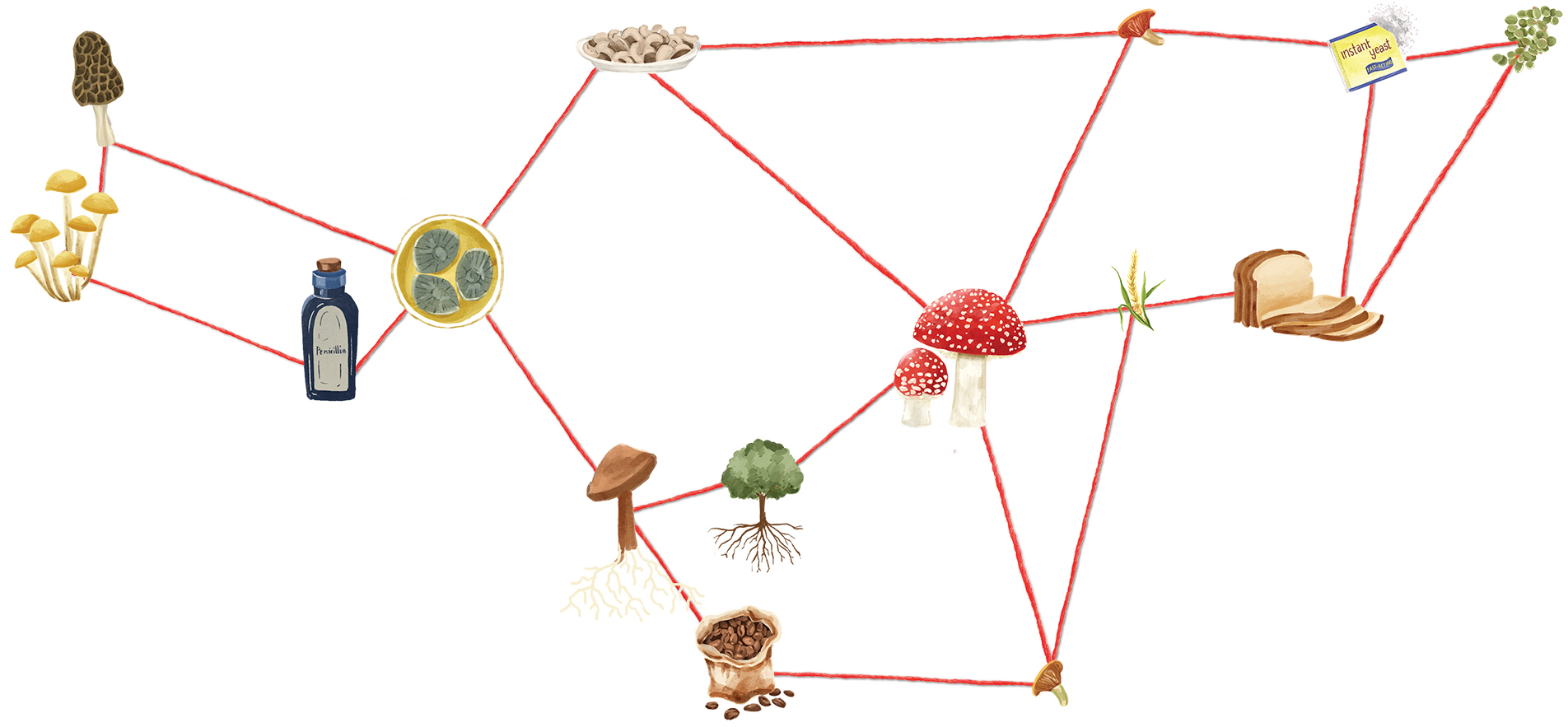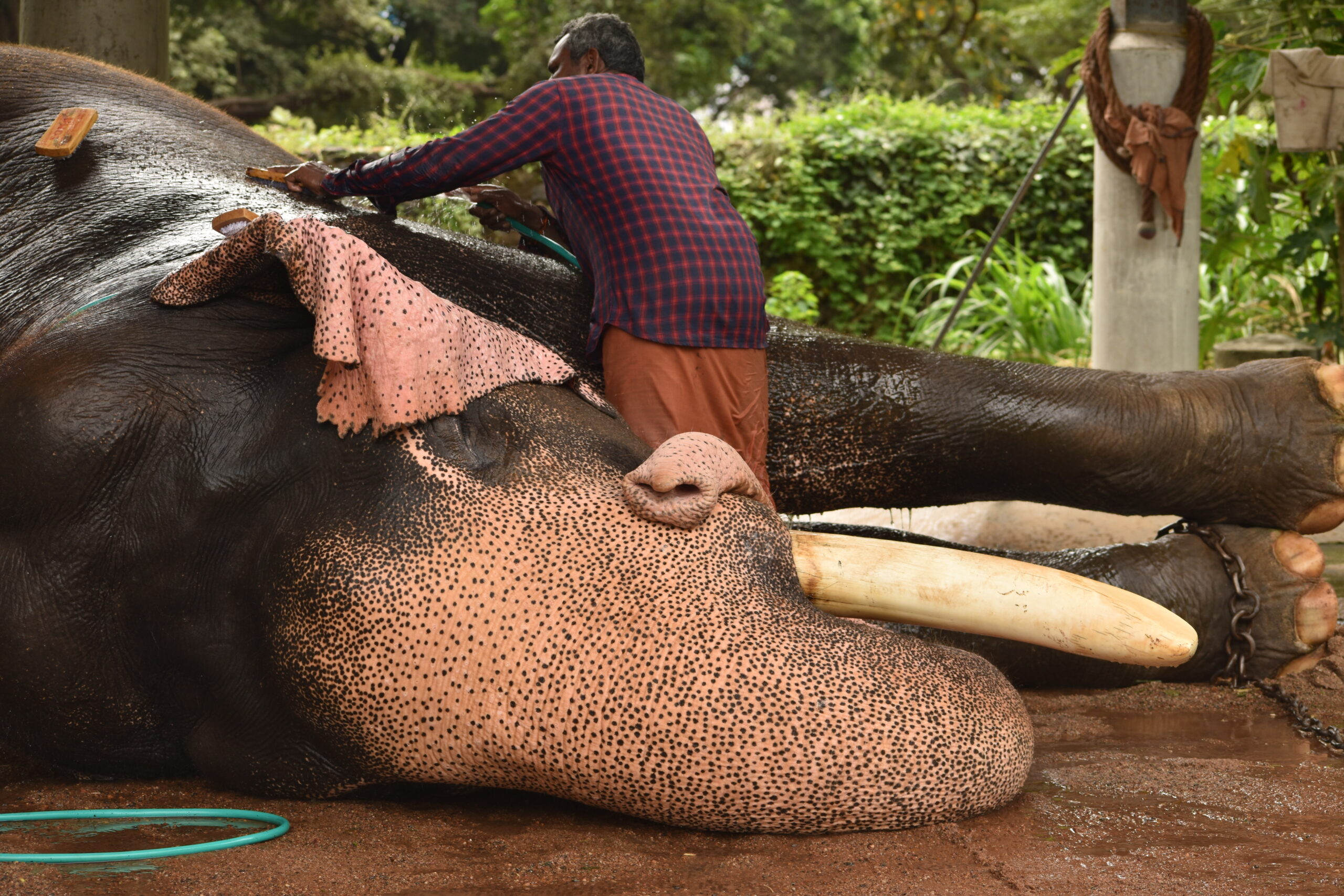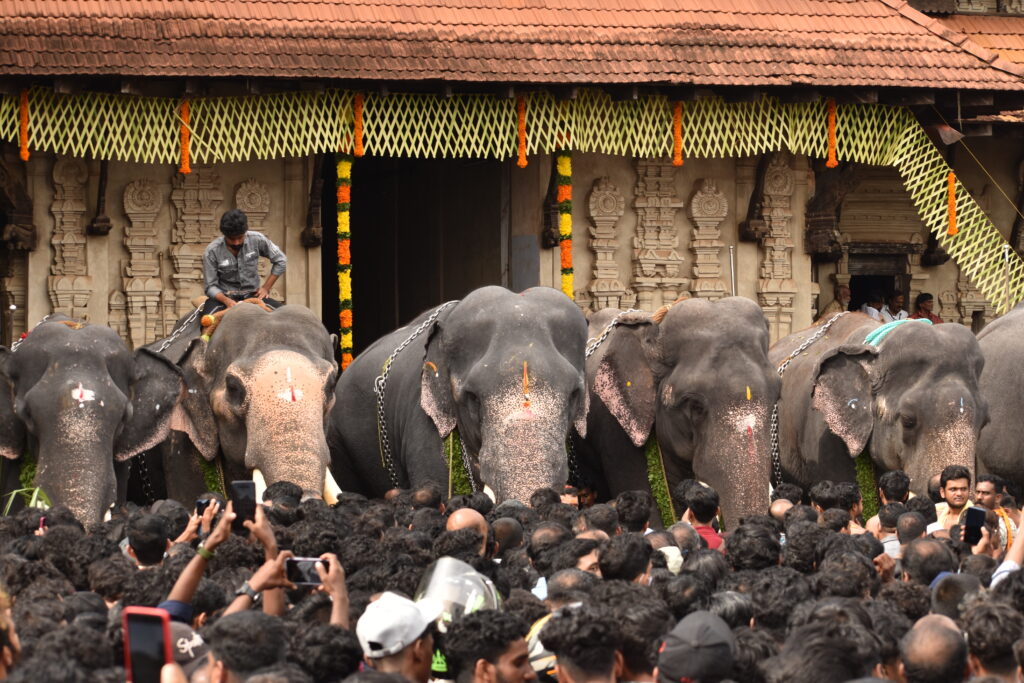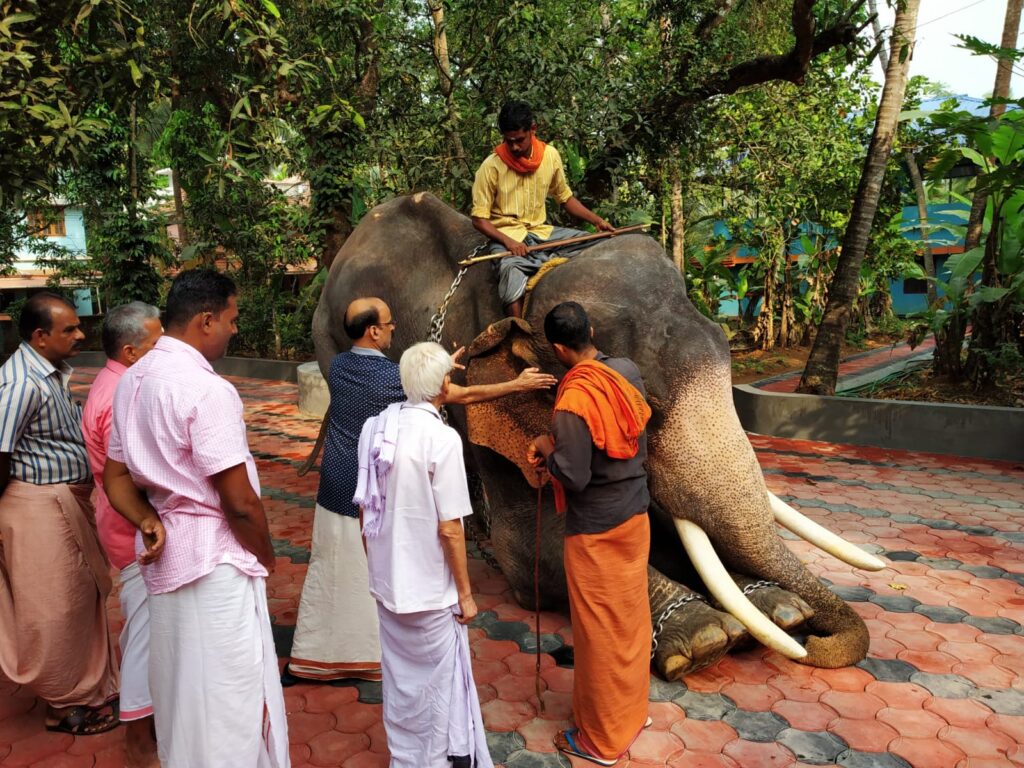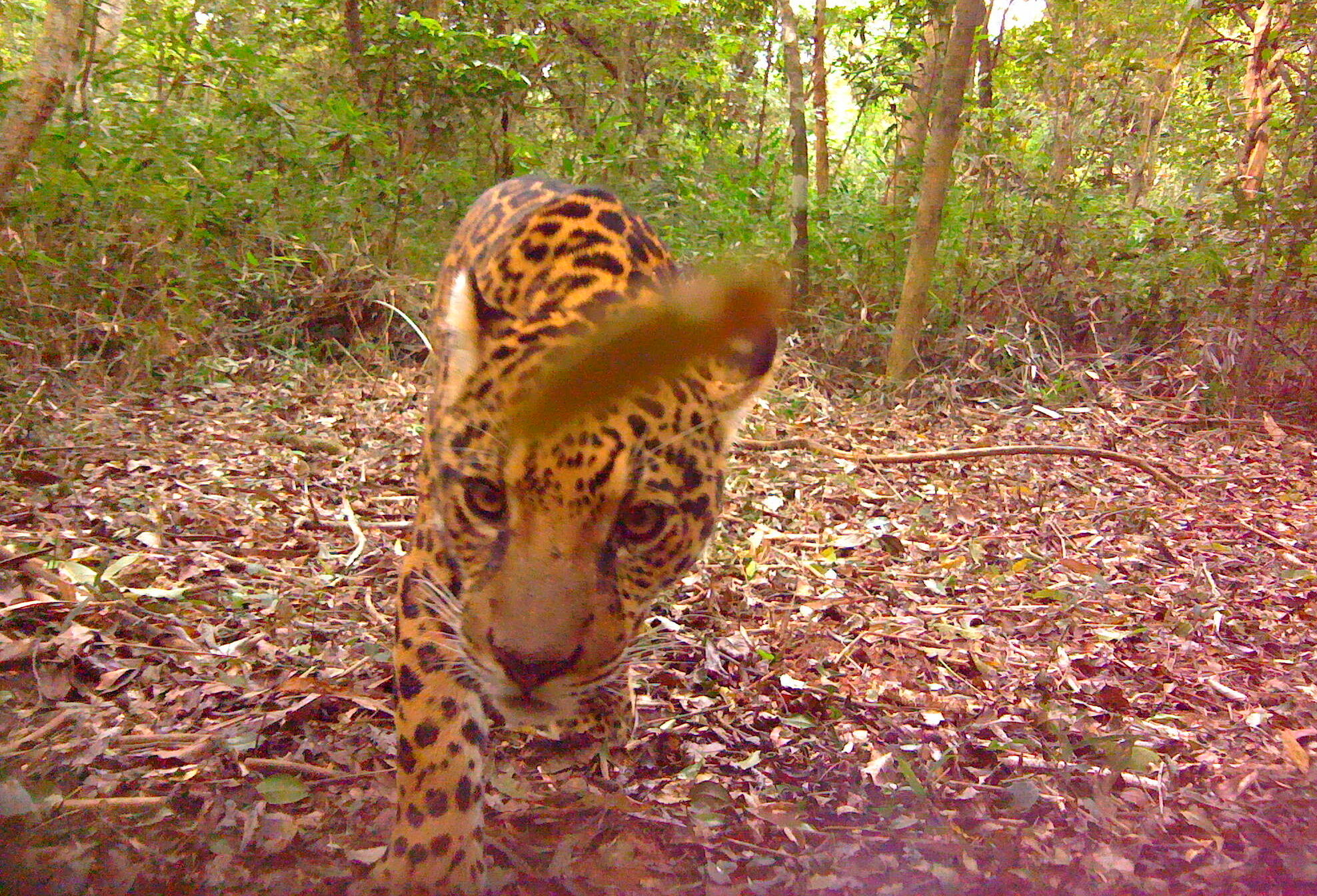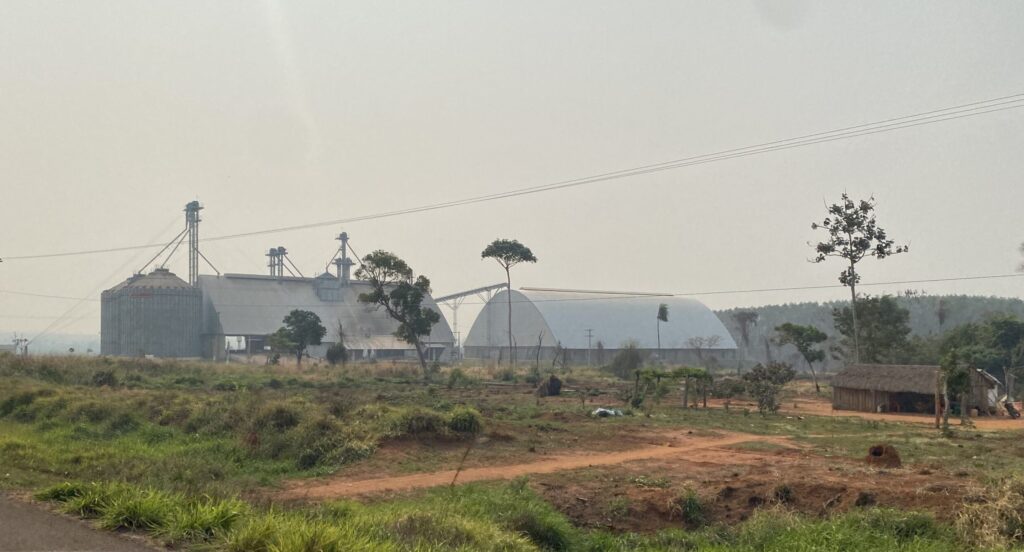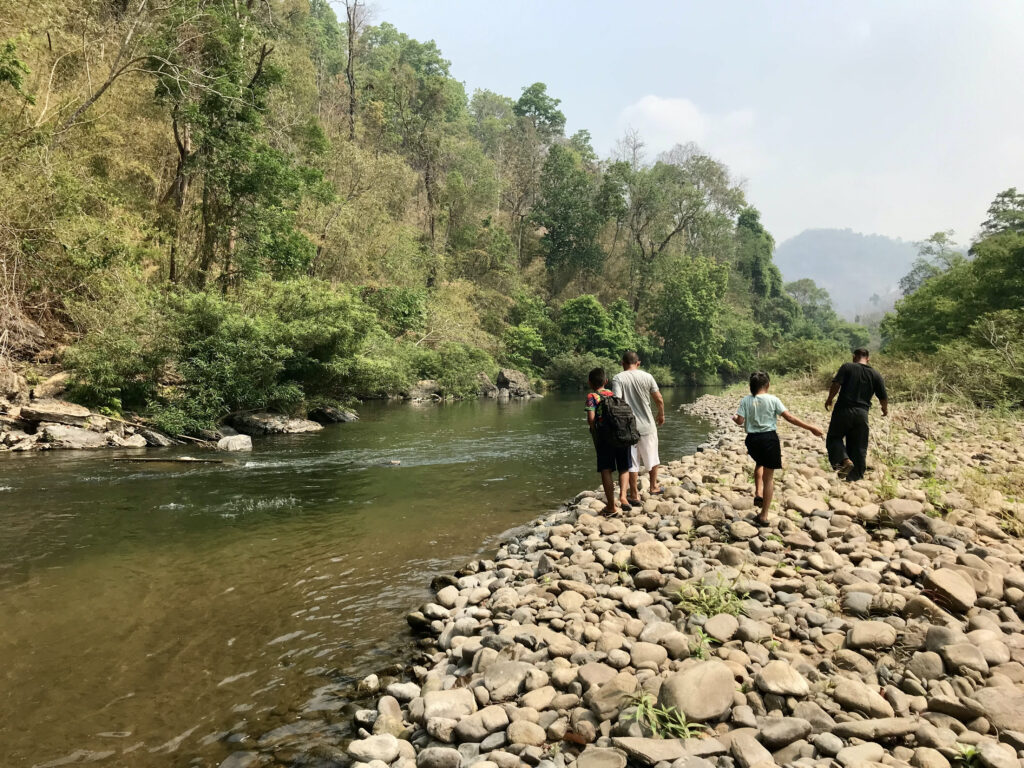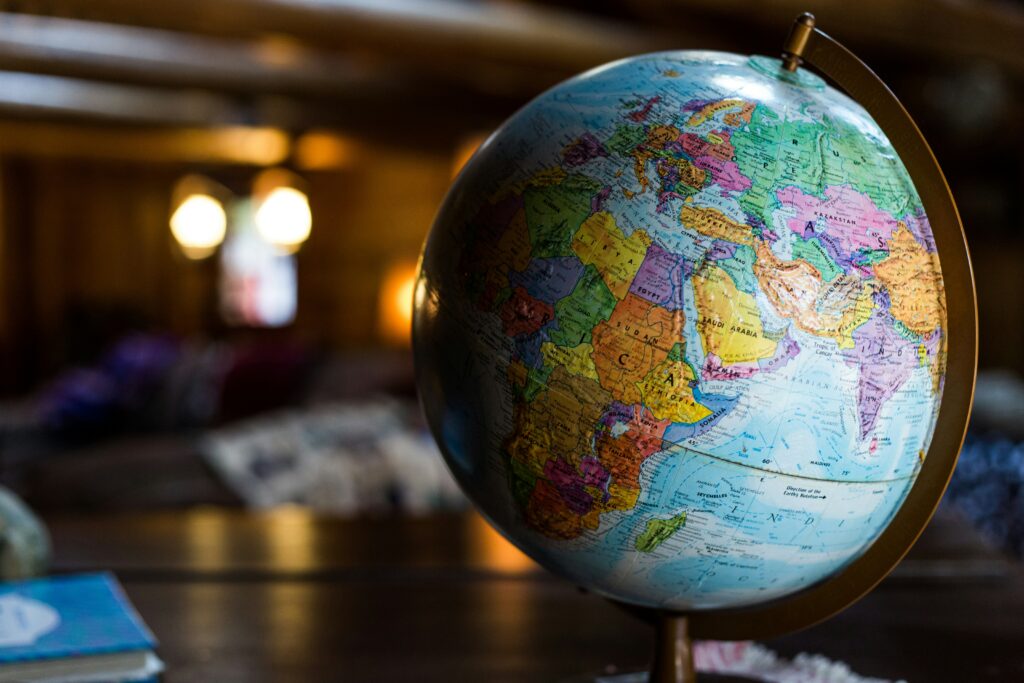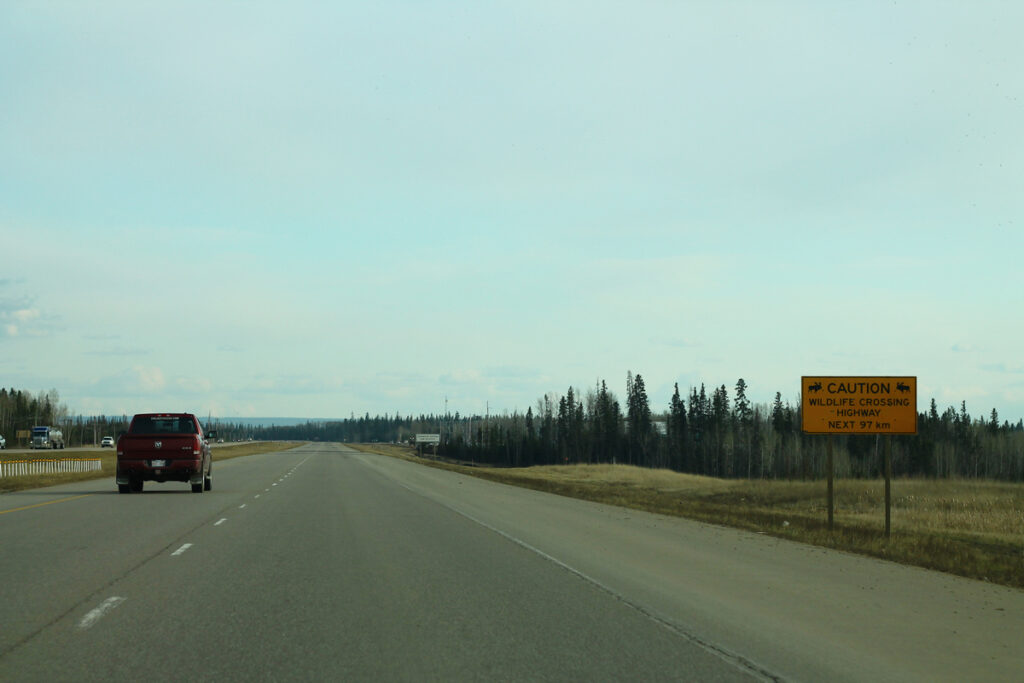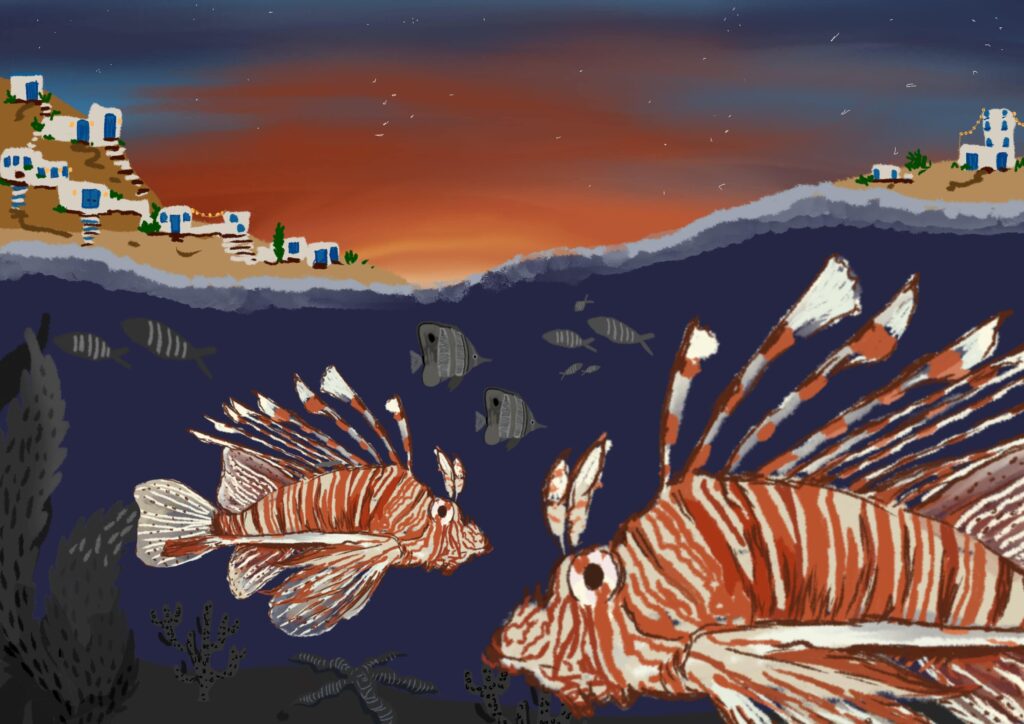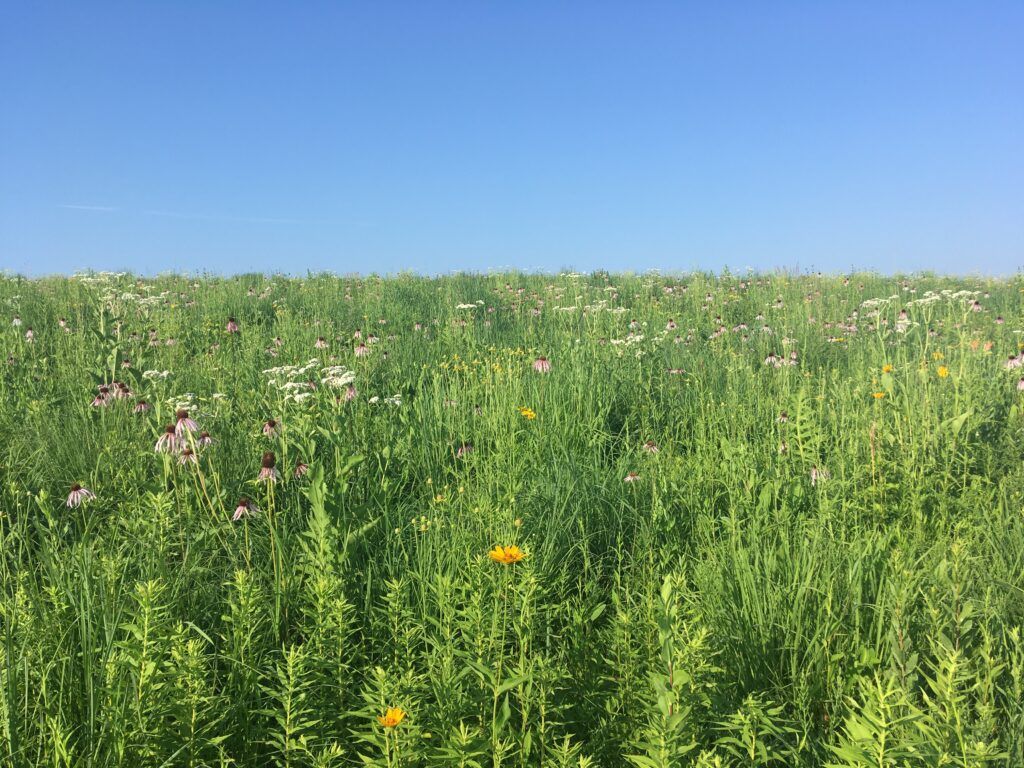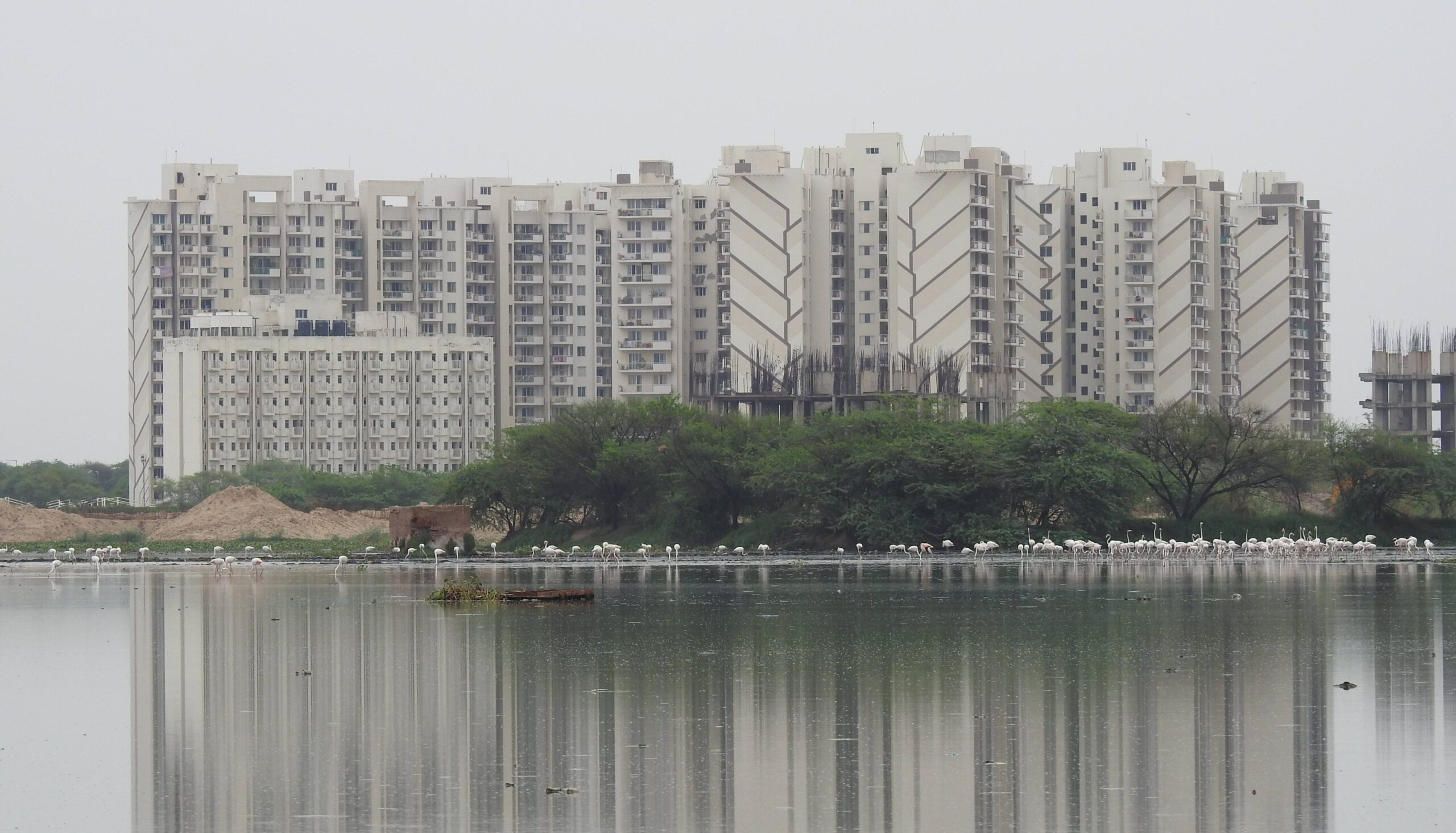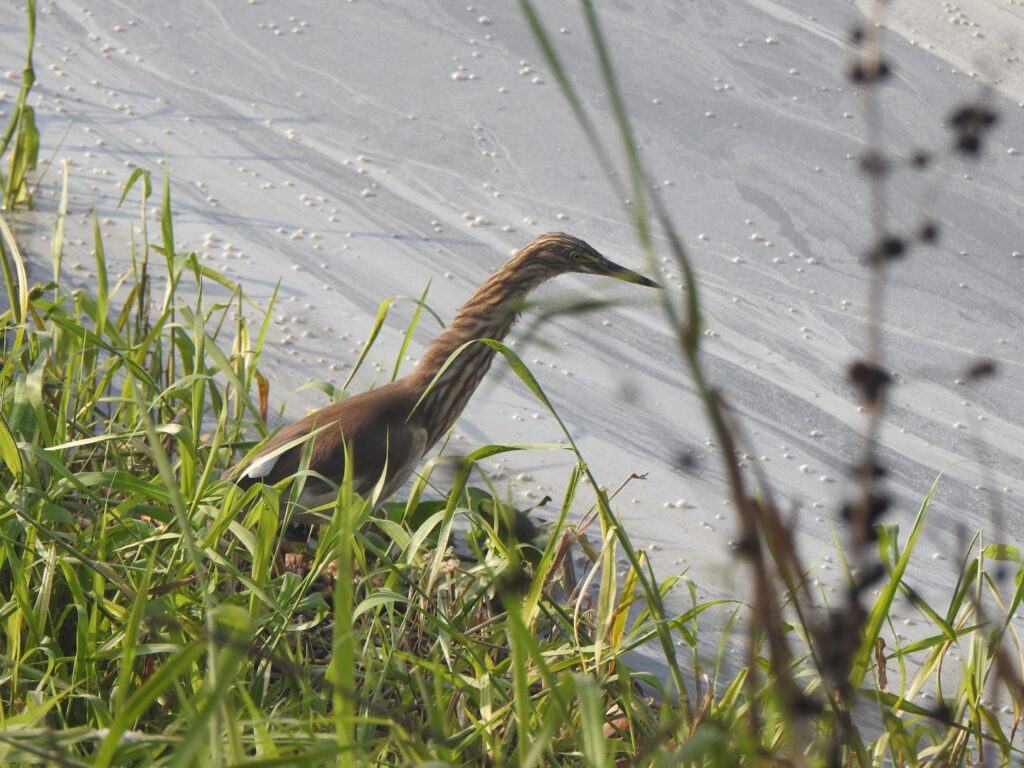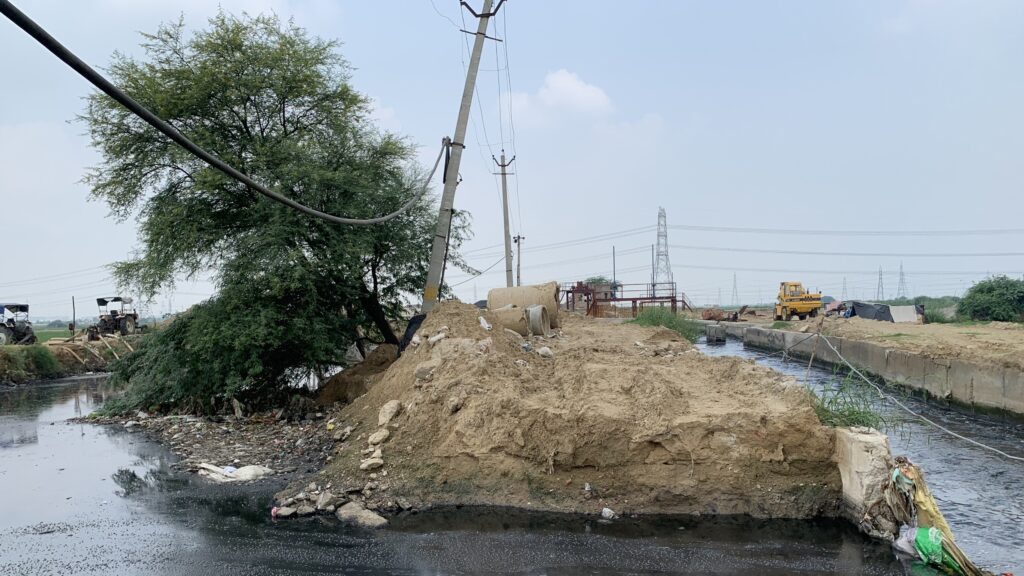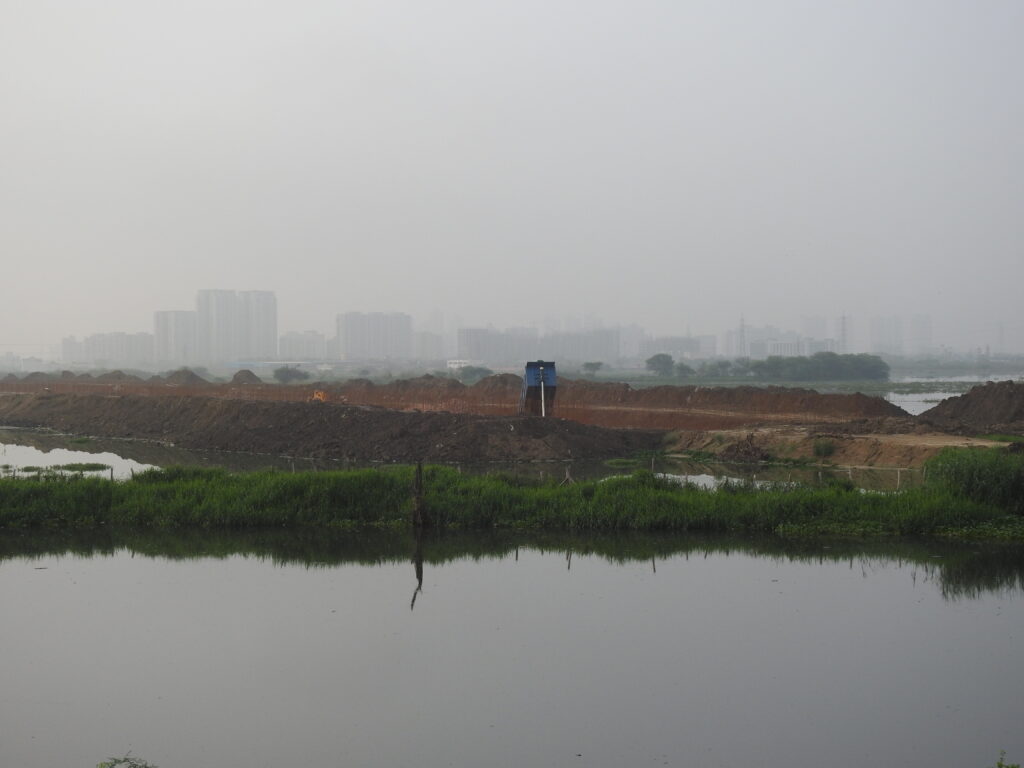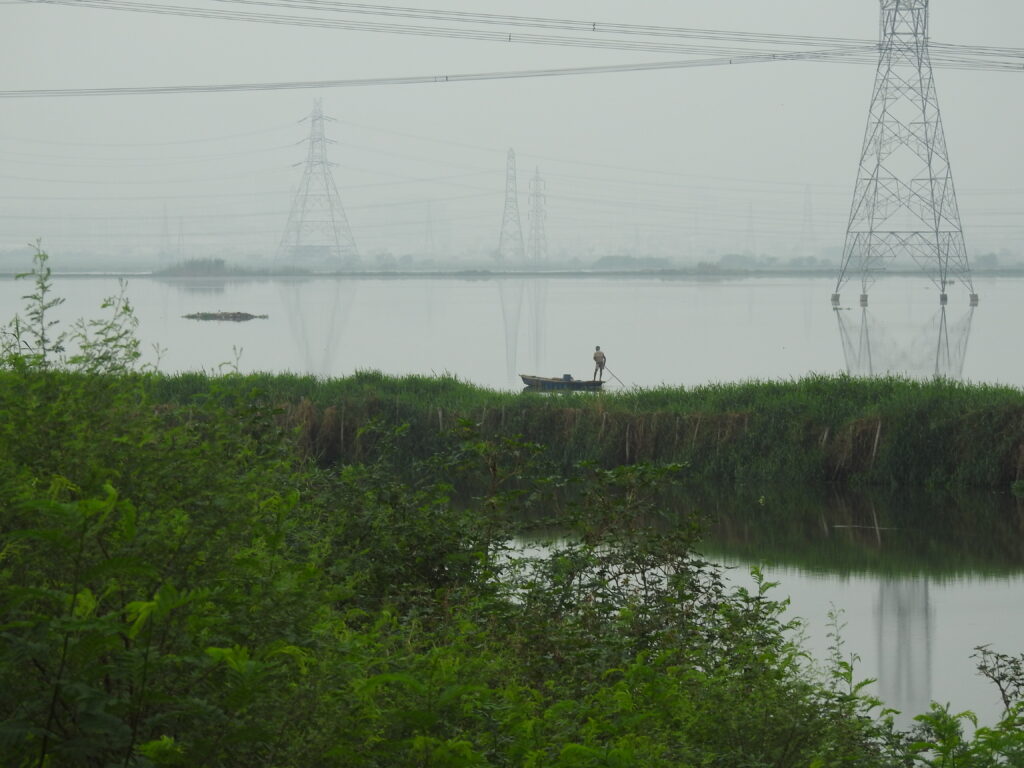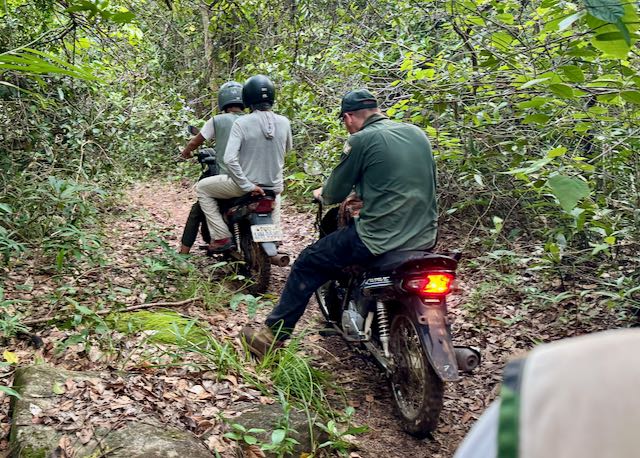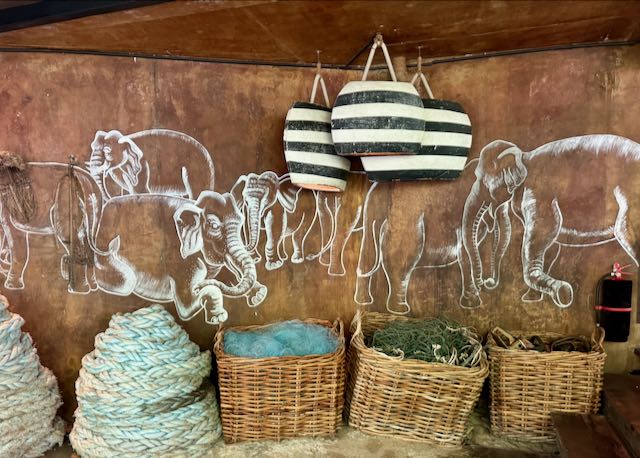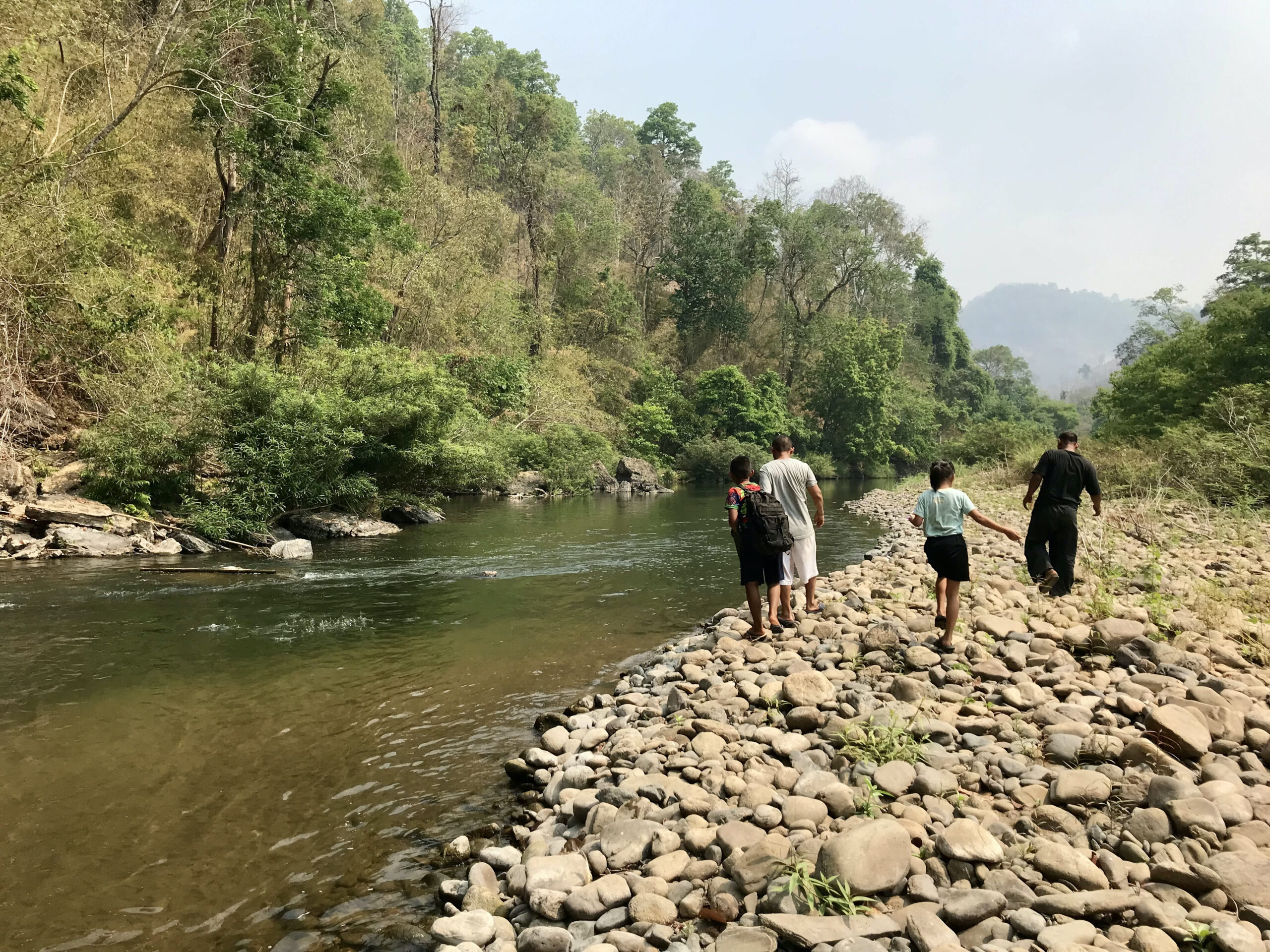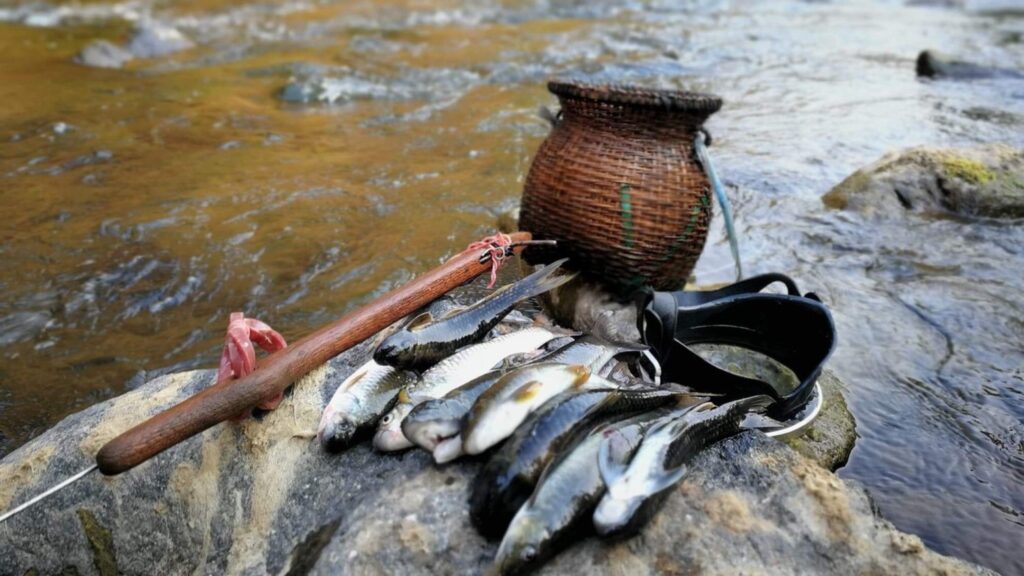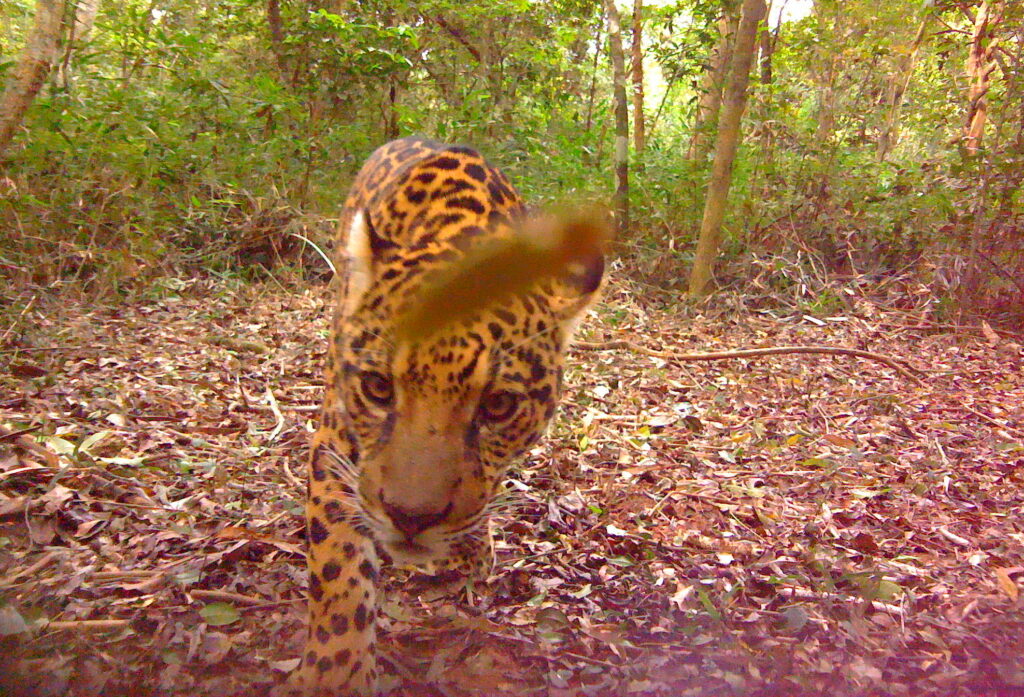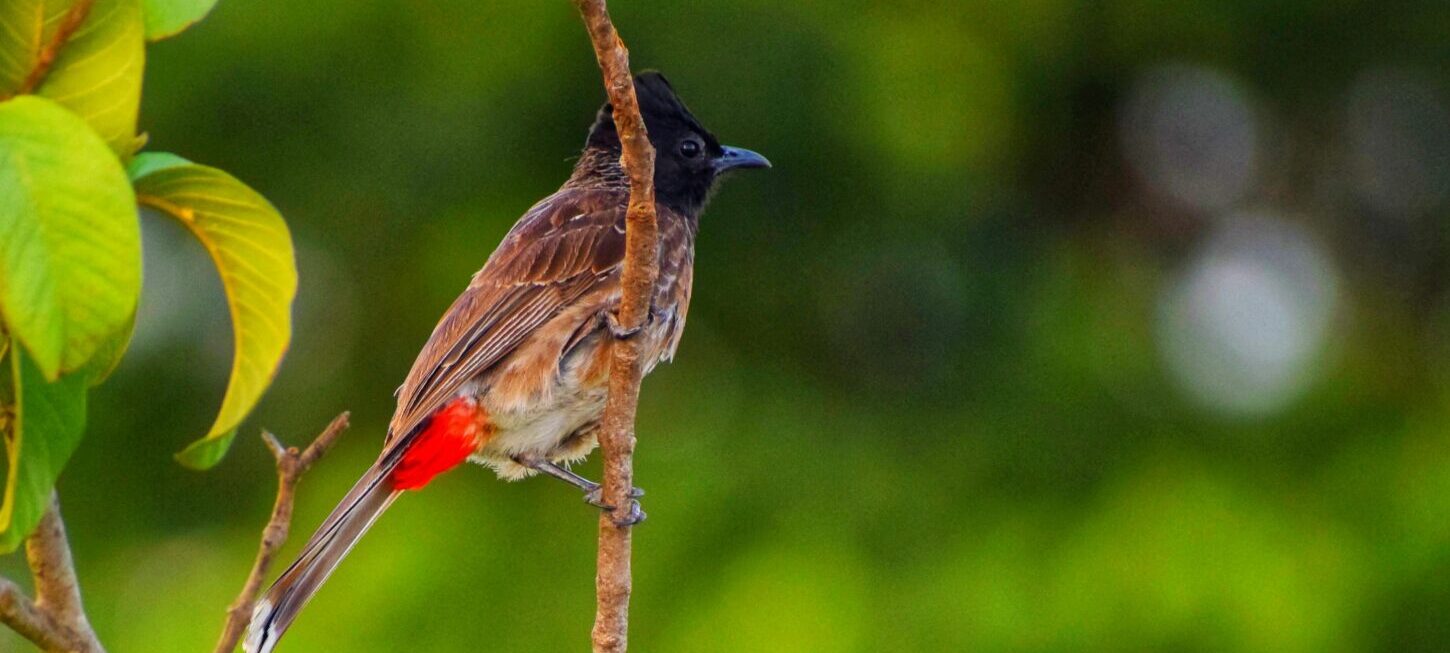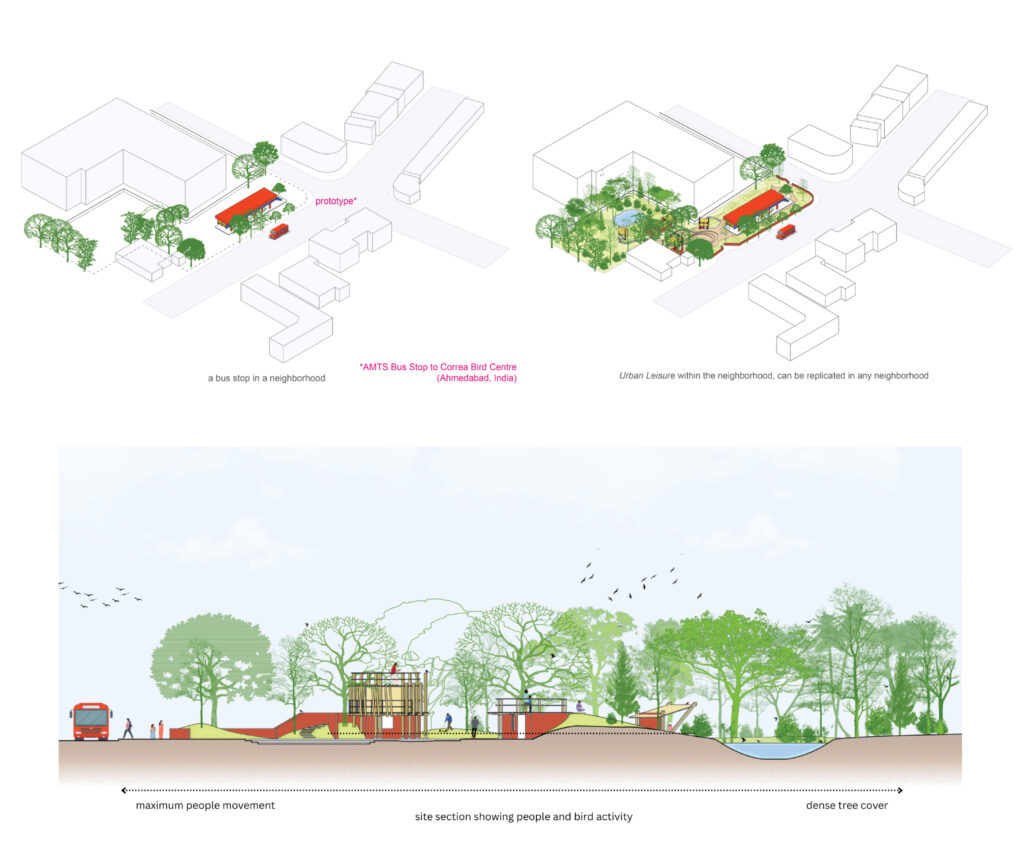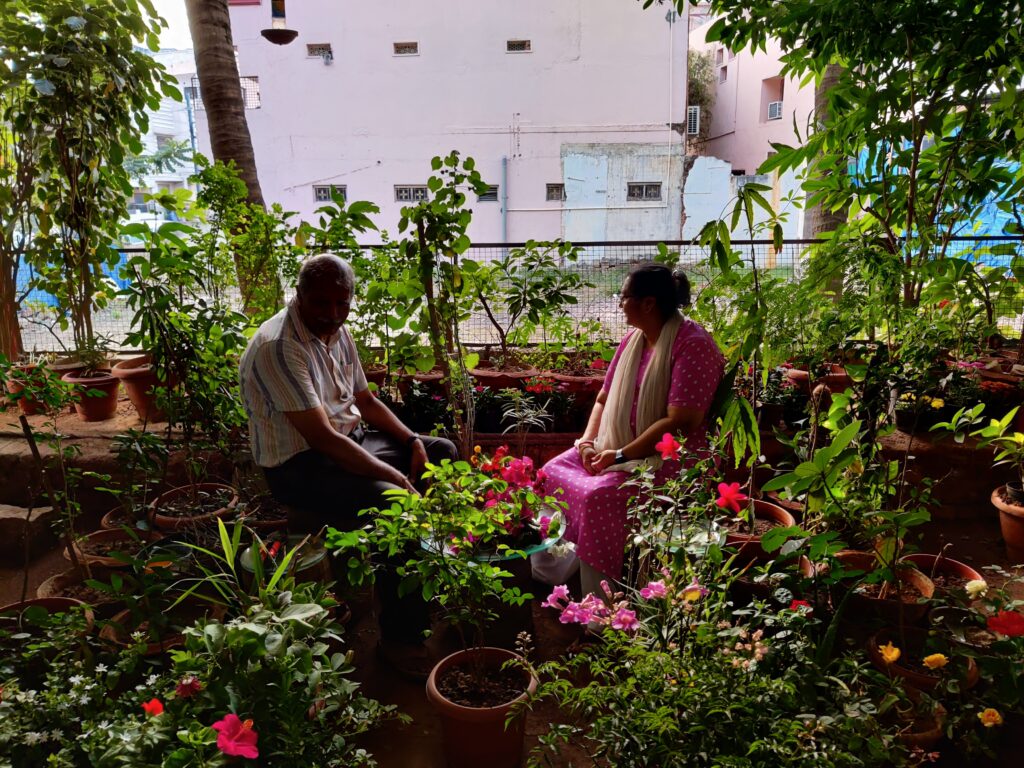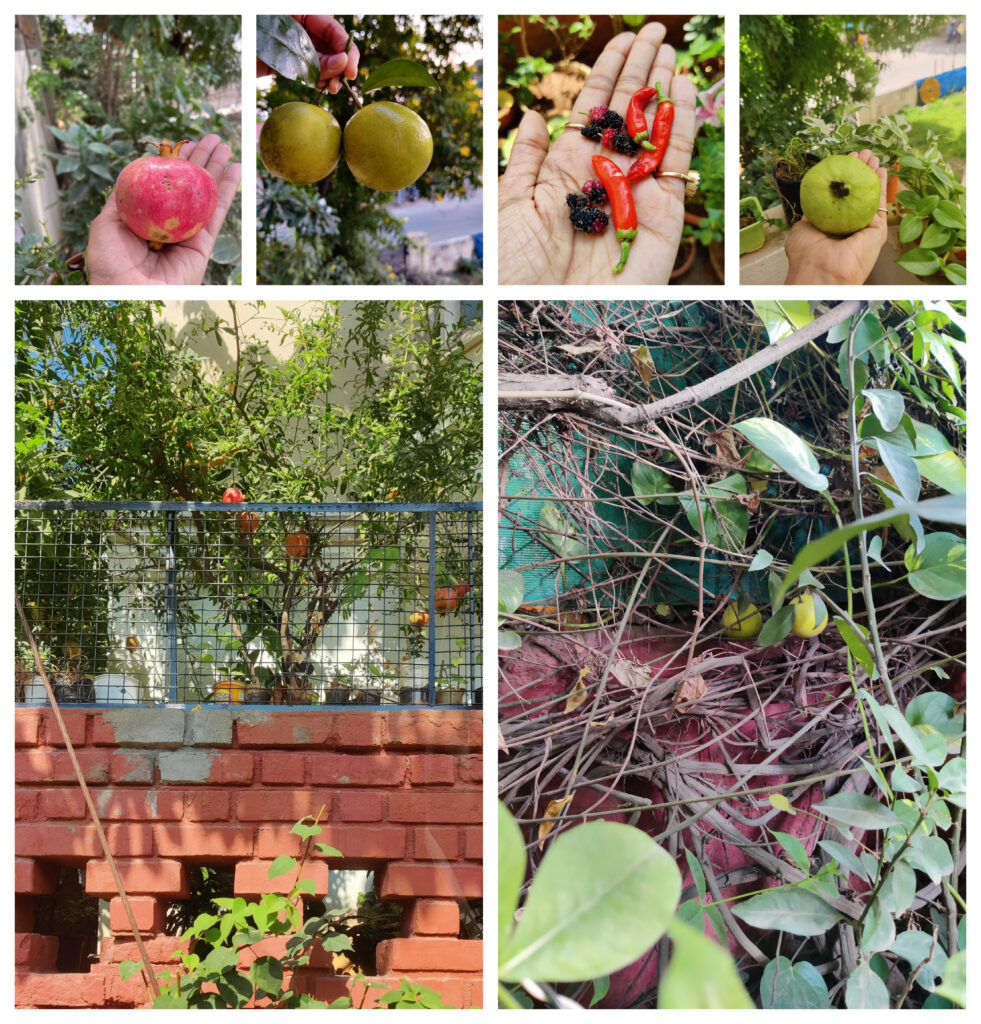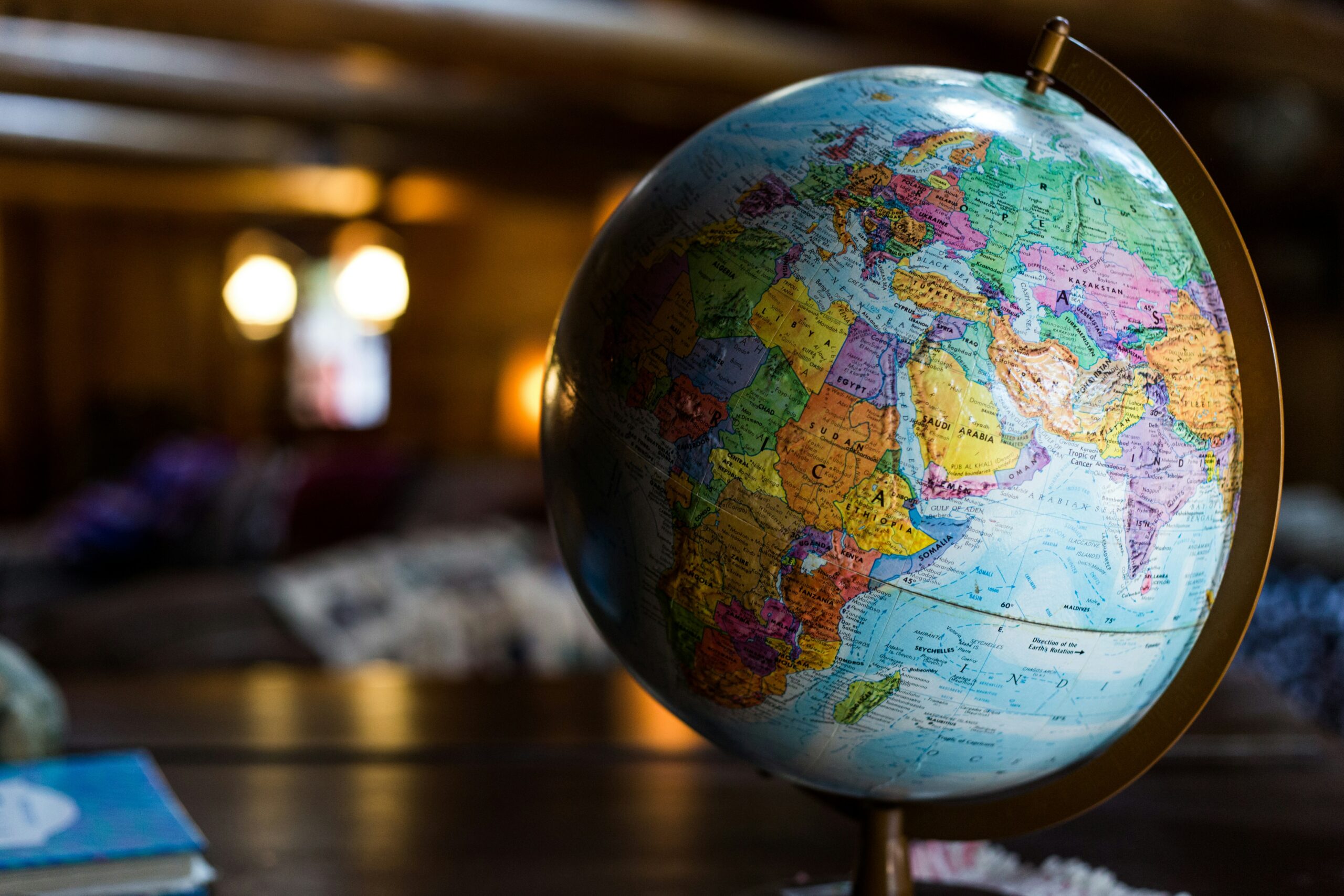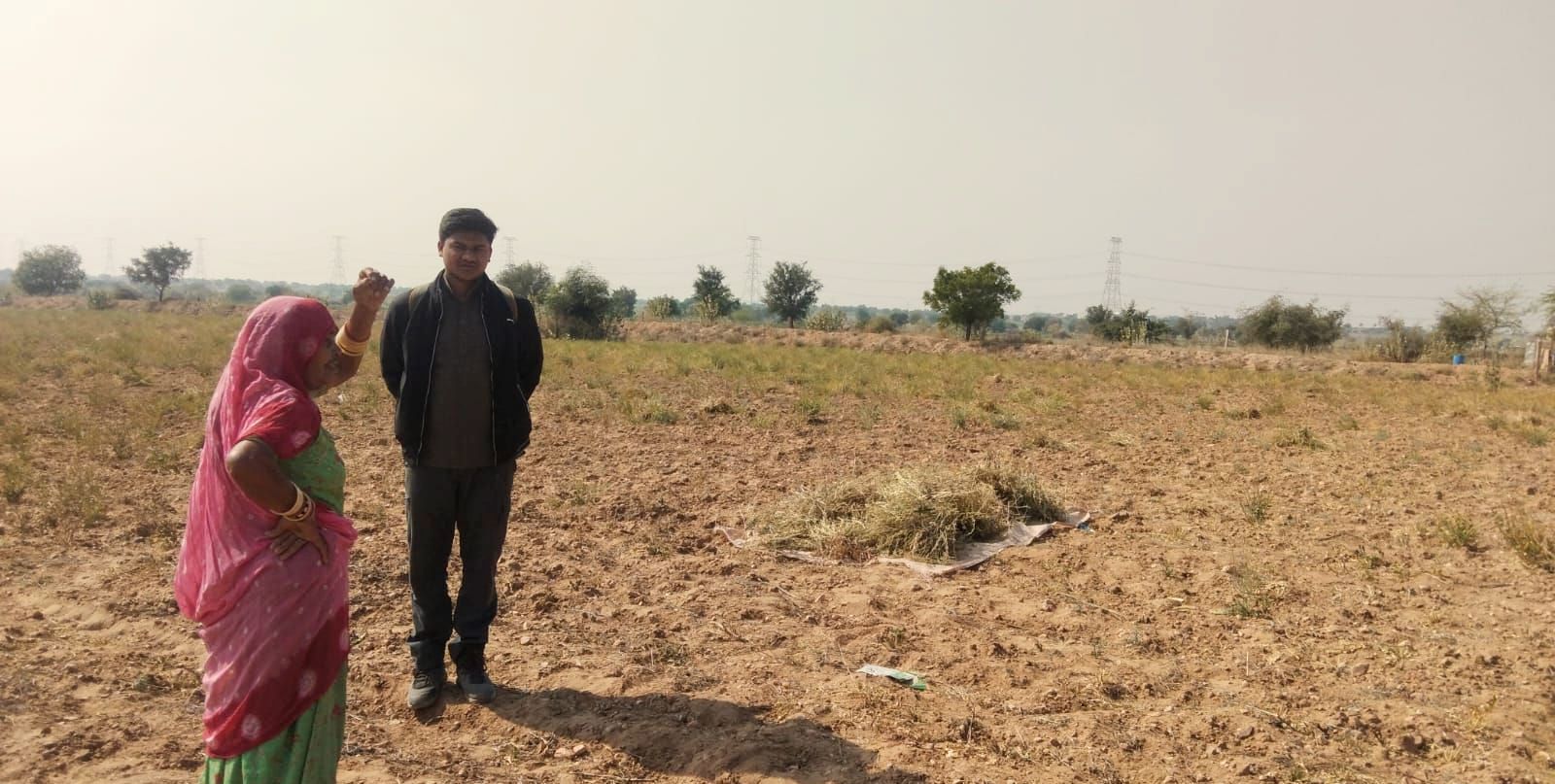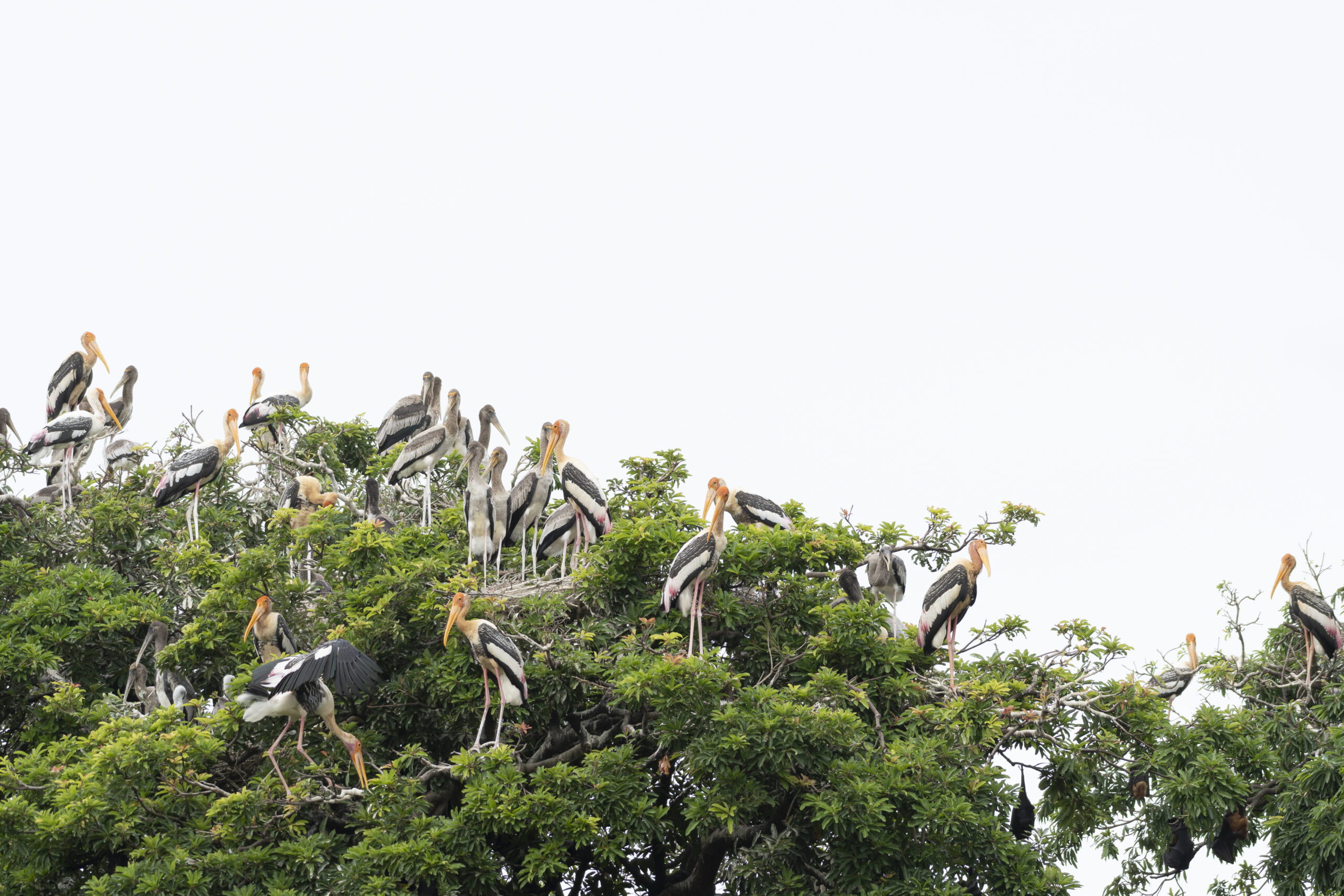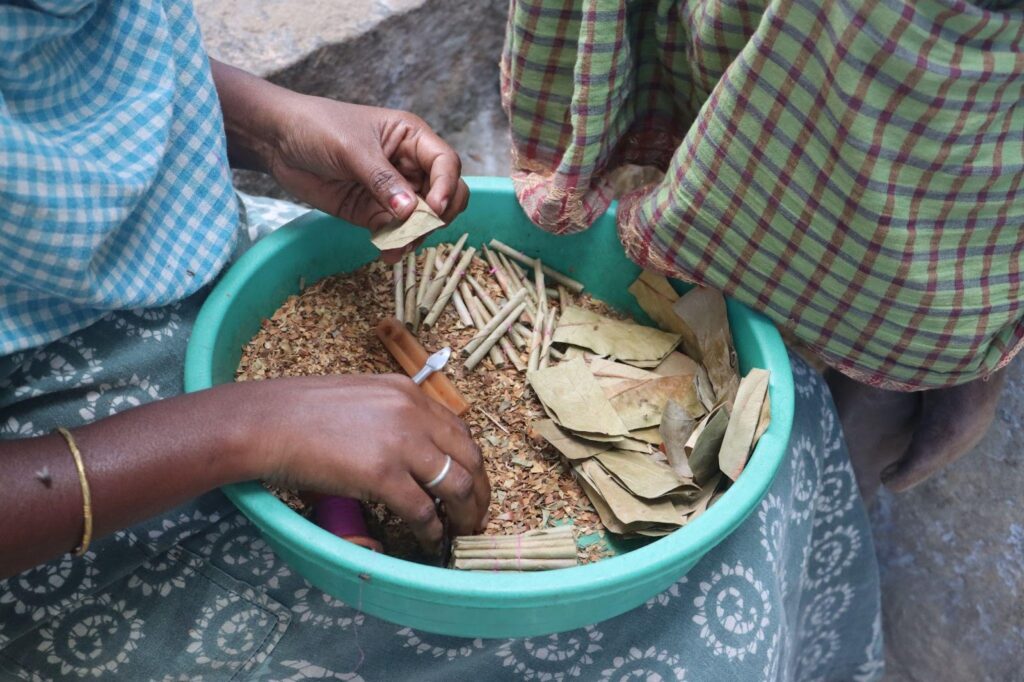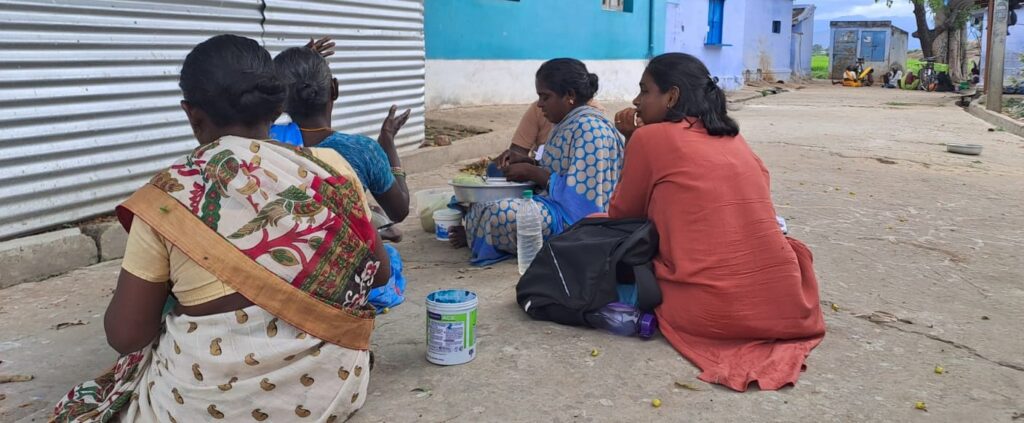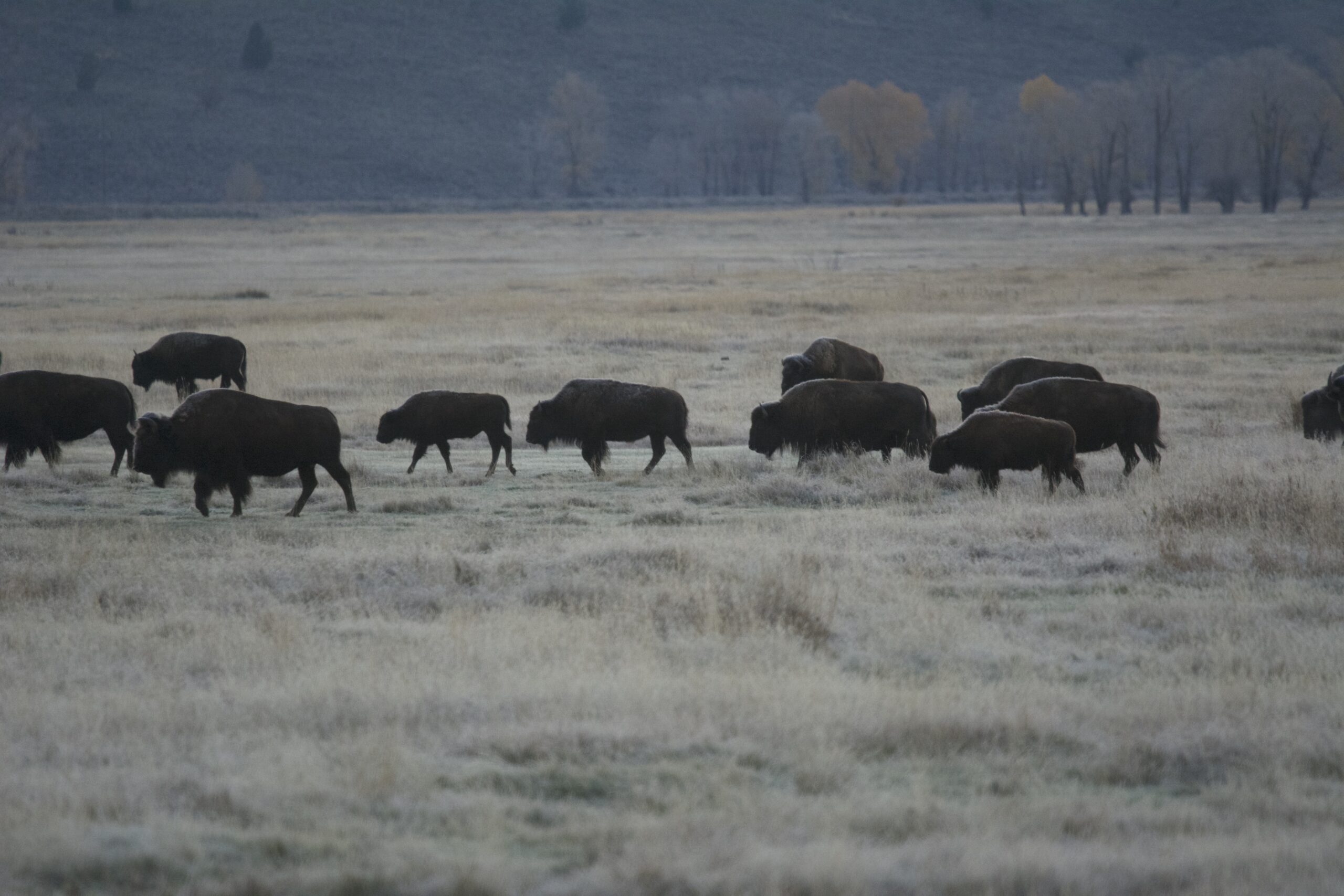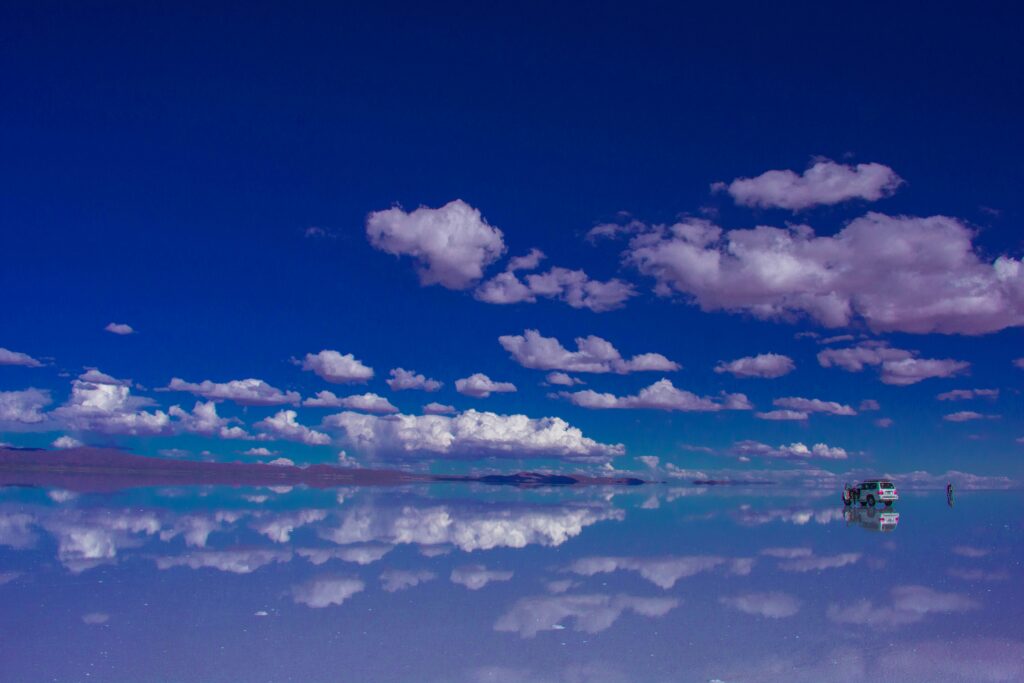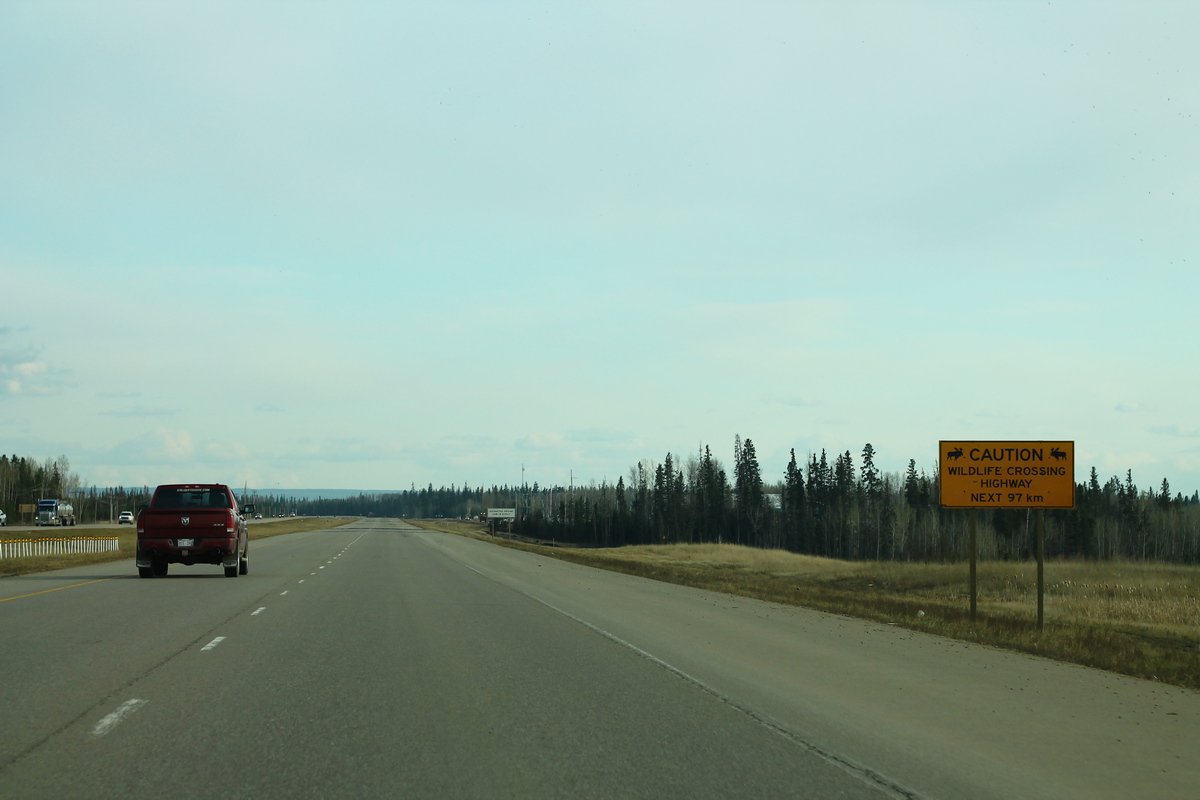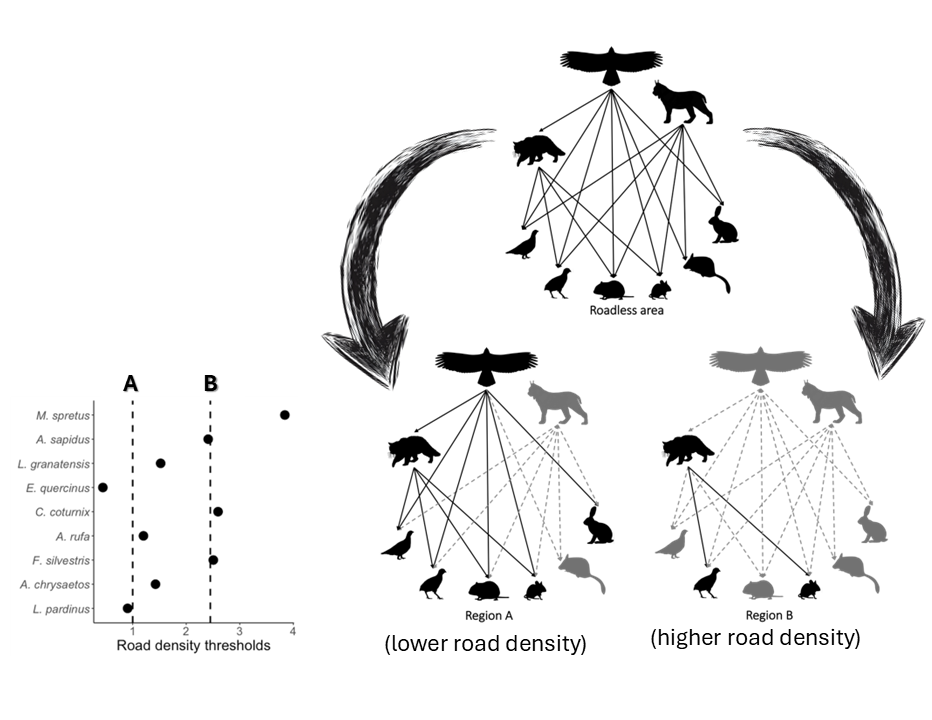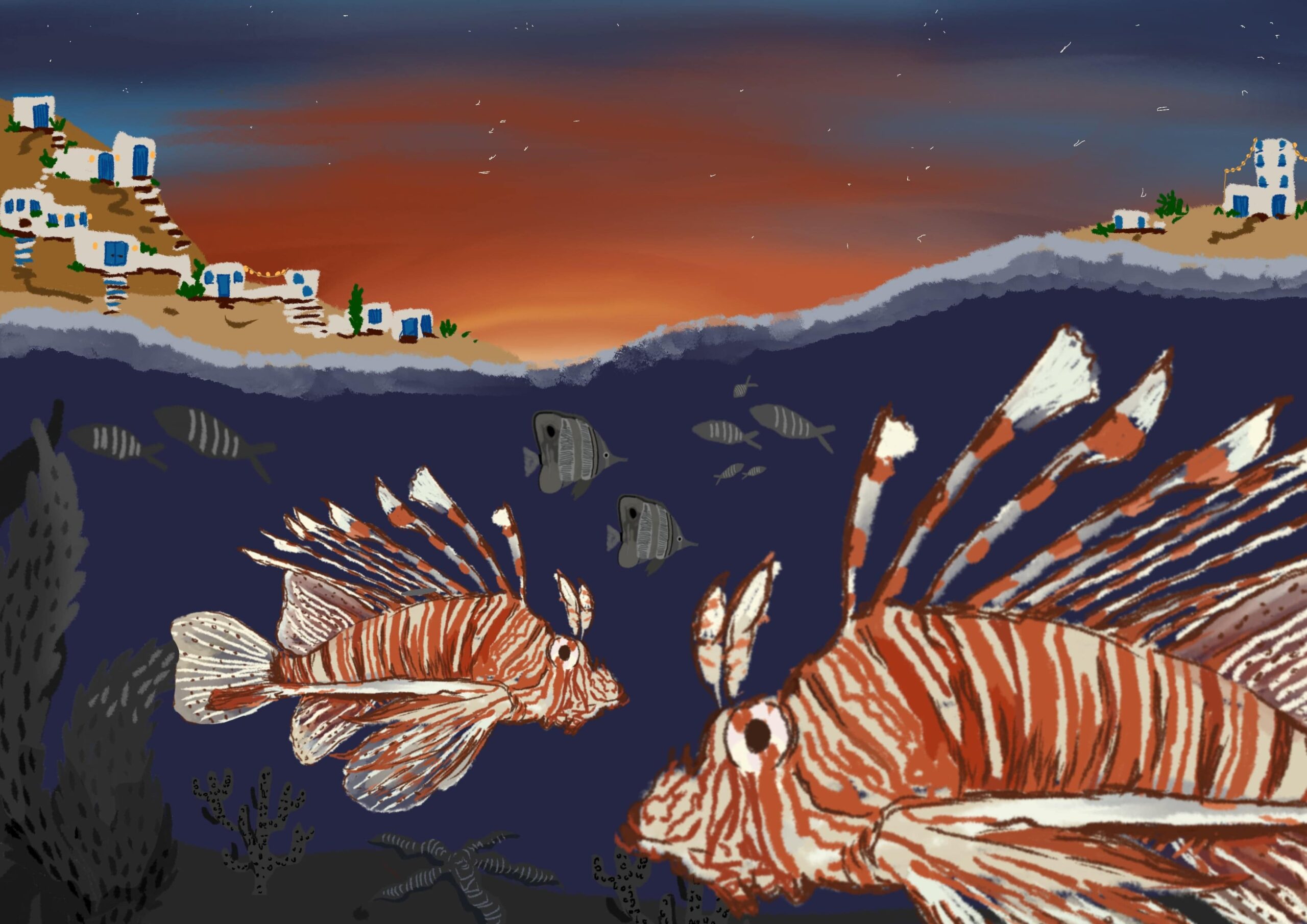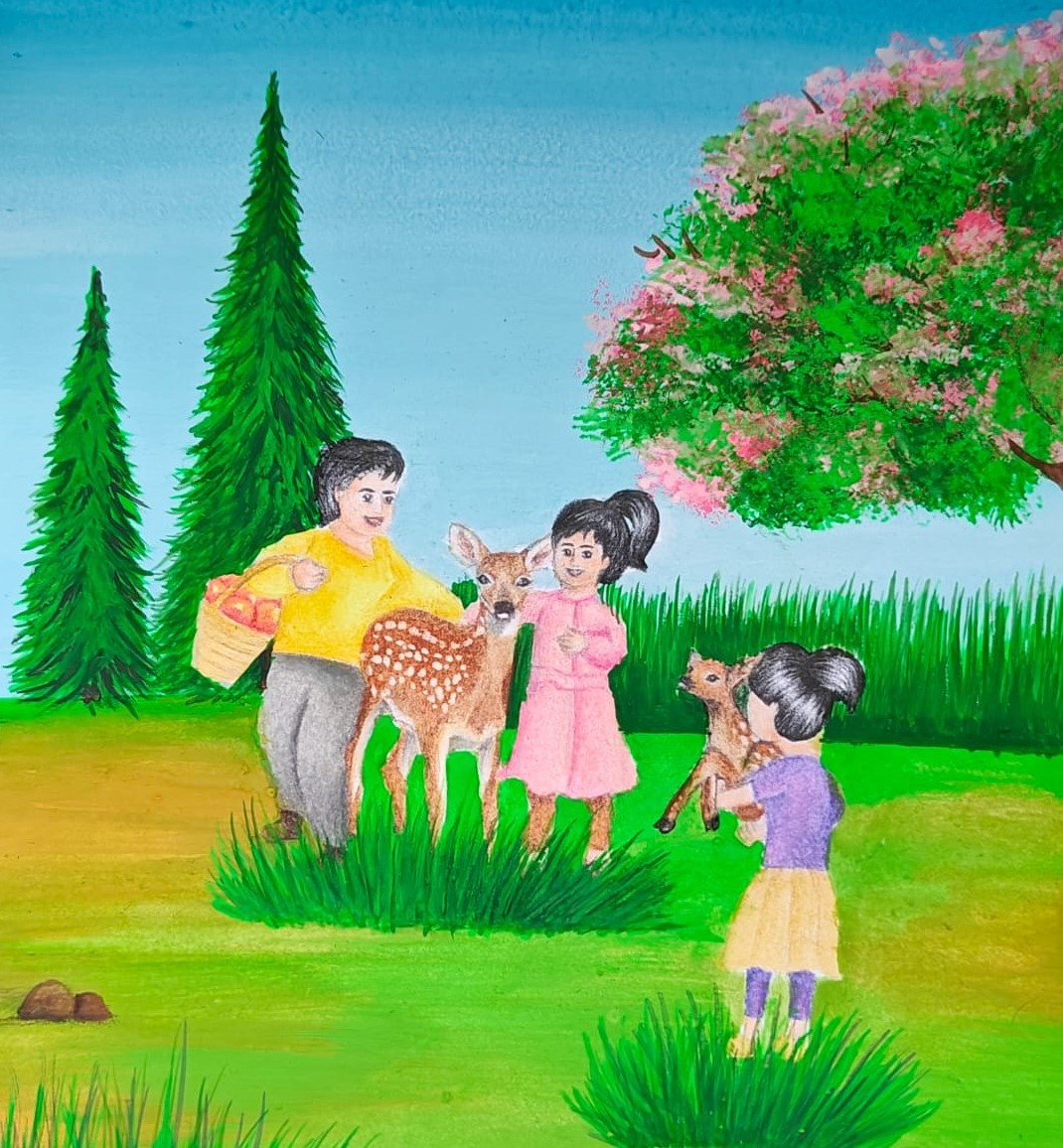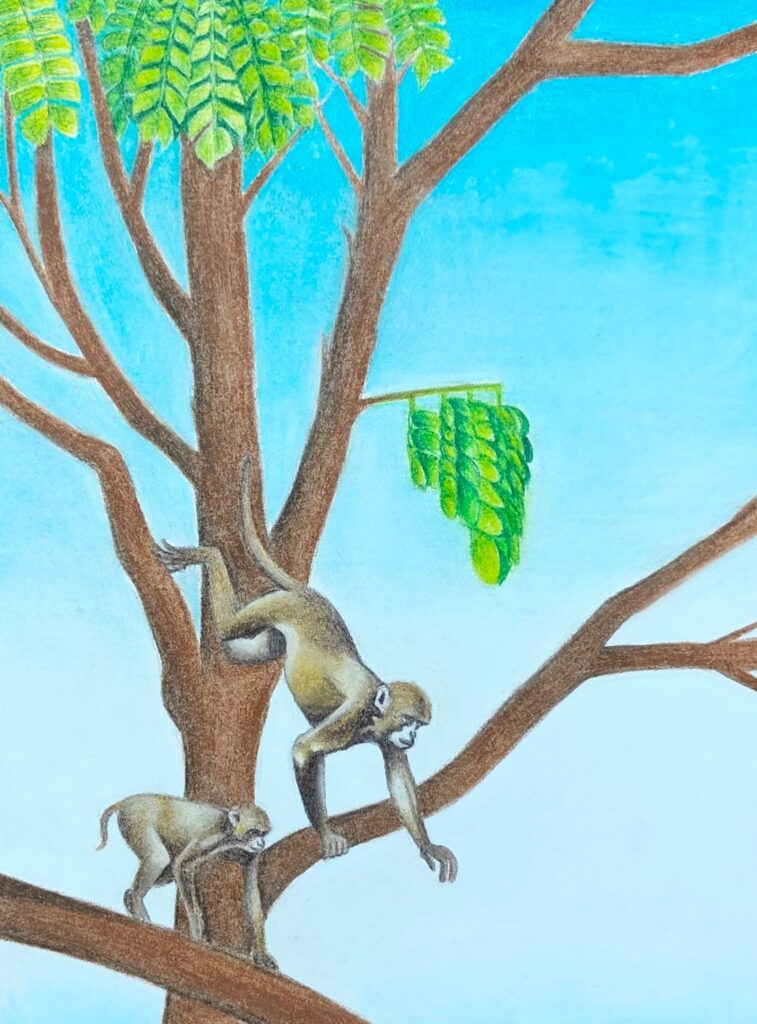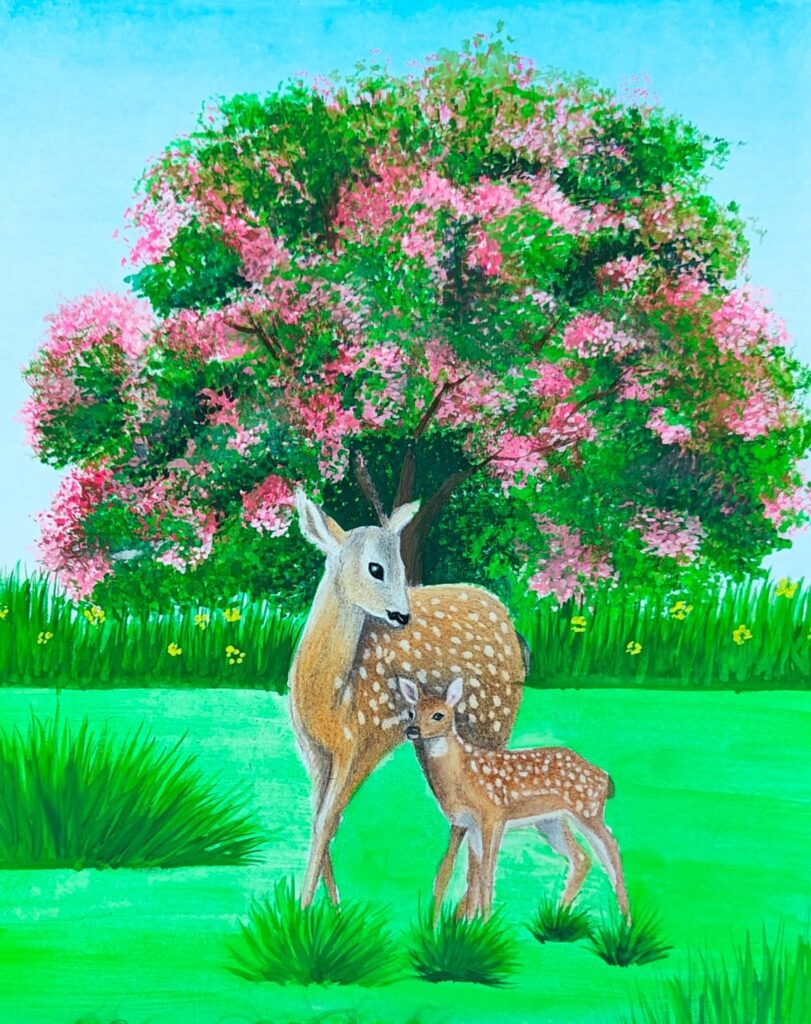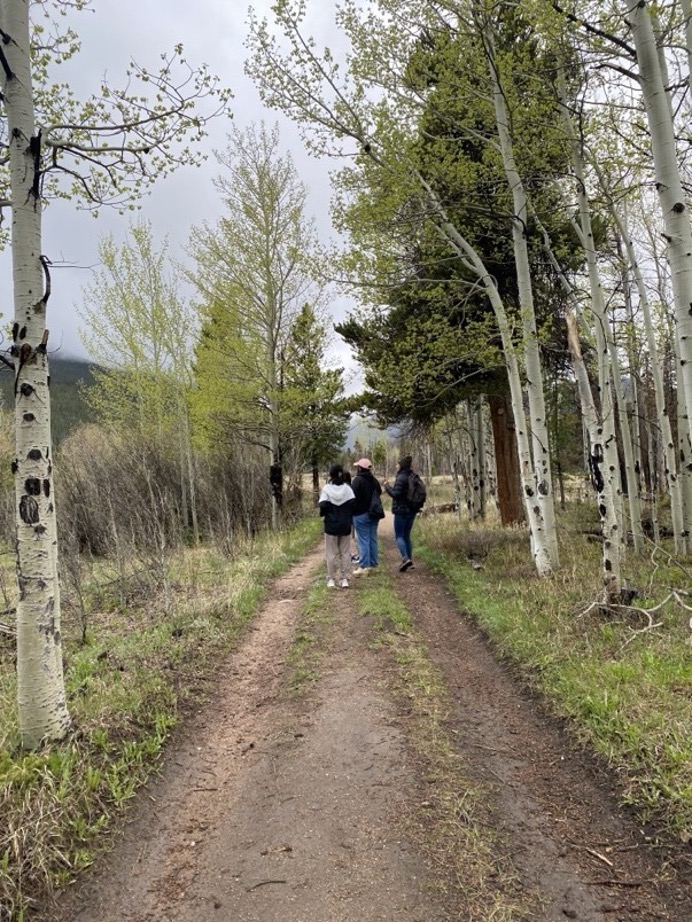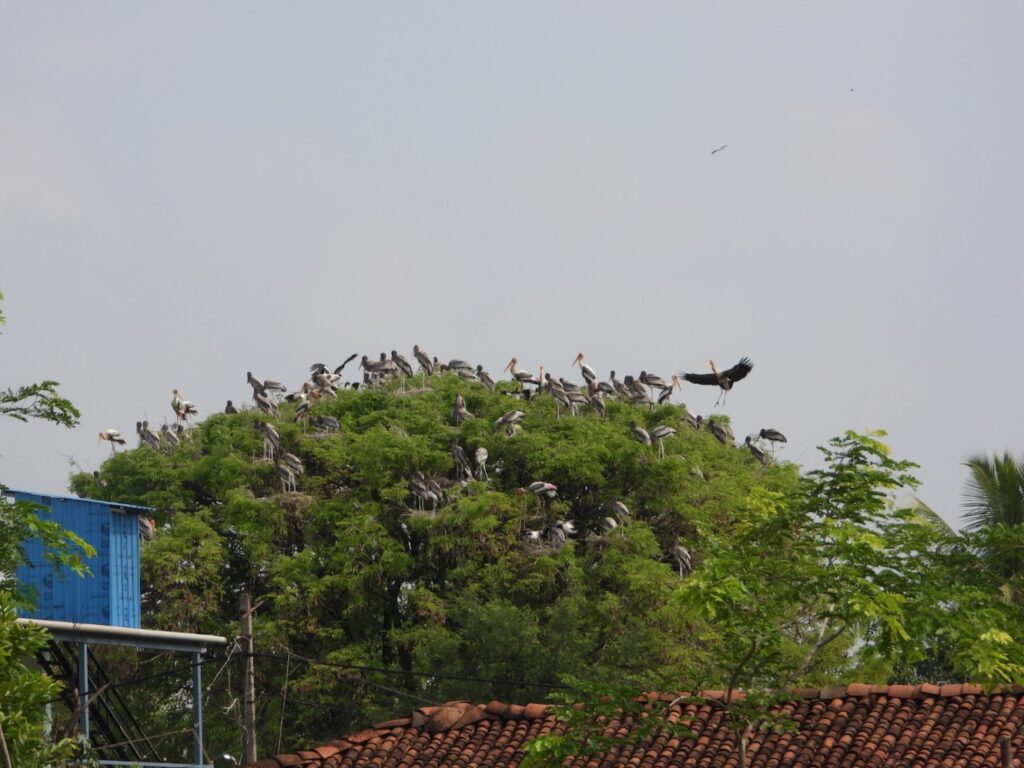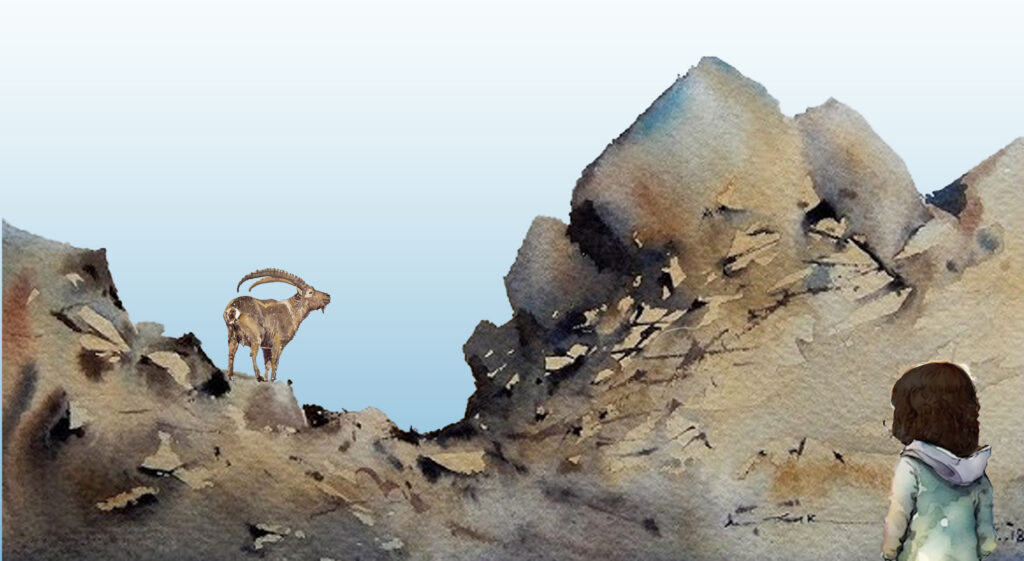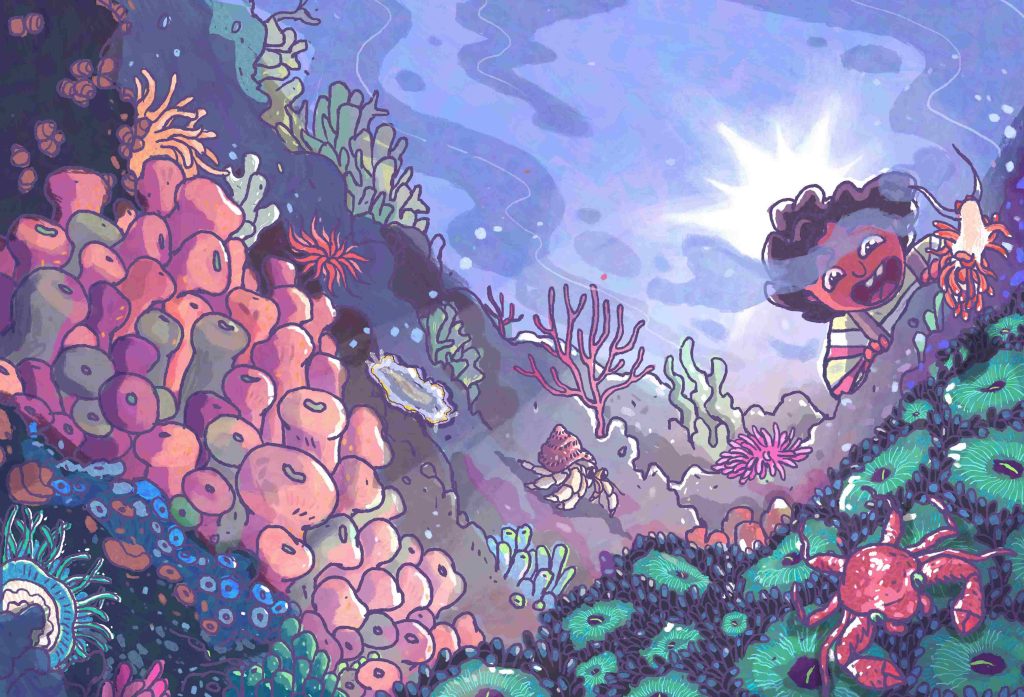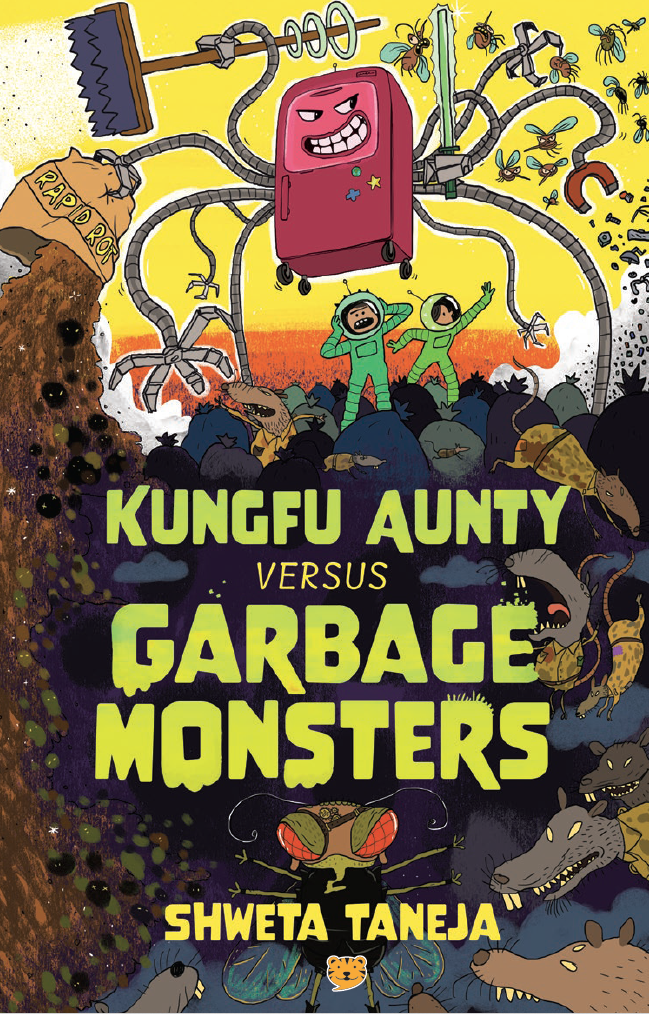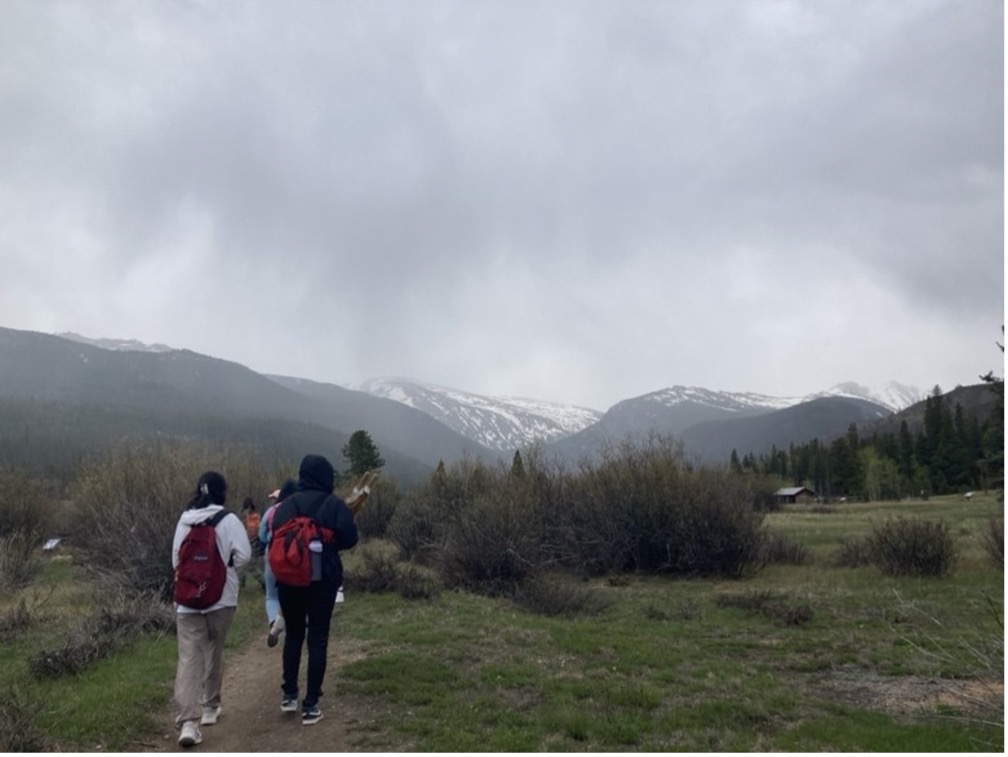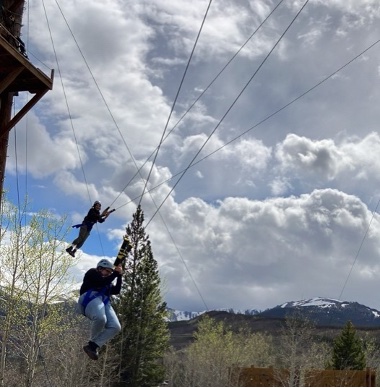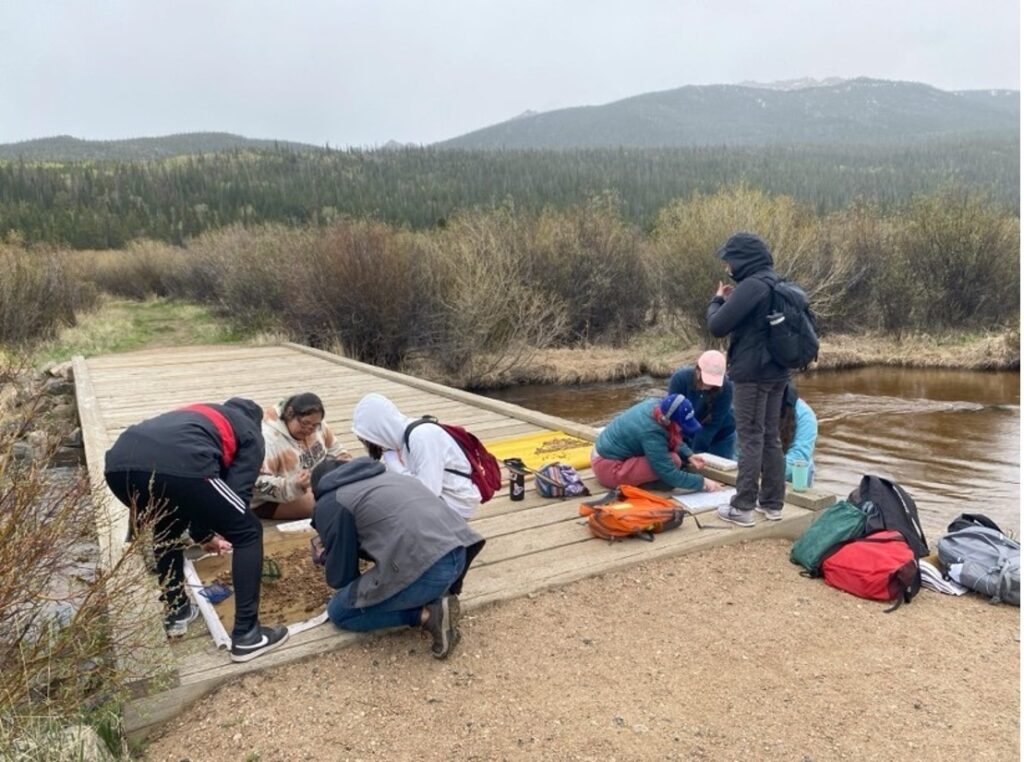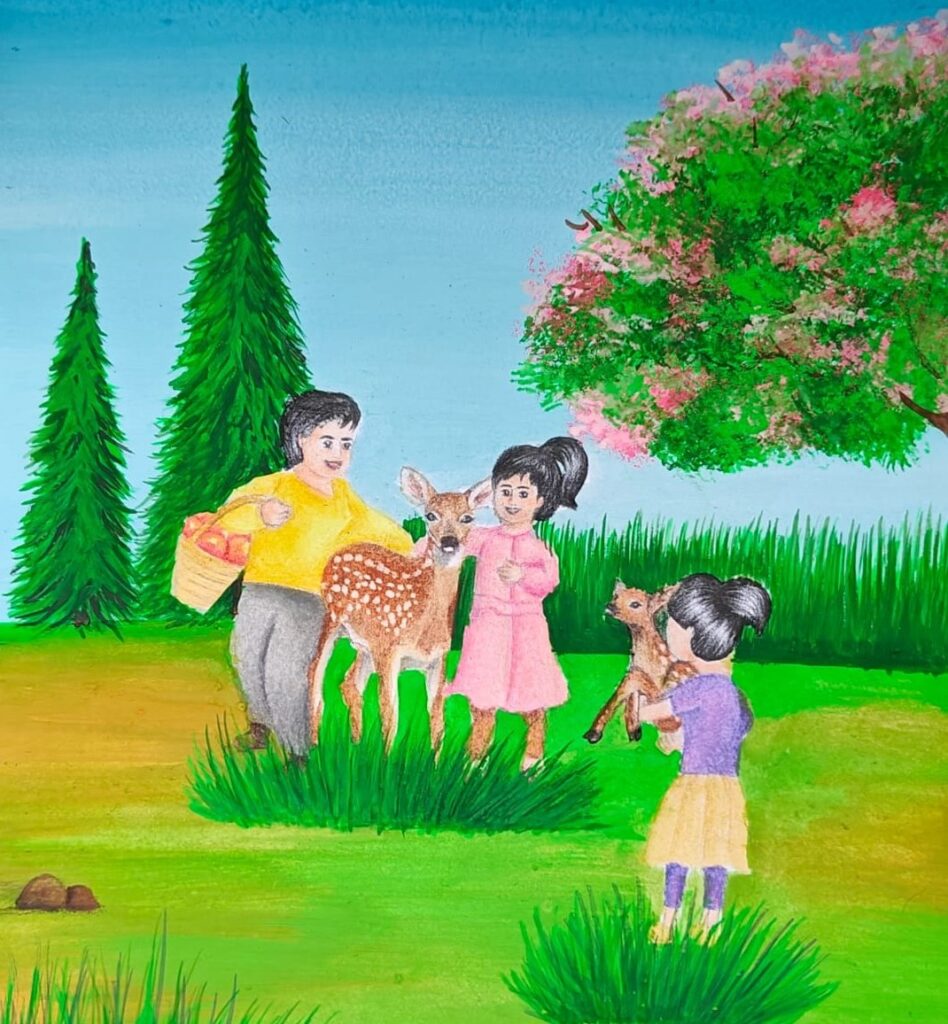In a world where the effects of the climate crisis and biodiversity loss are increasingly evident, one must ask: how can we raise more environmentally responsible citizens?
Experts agree that the answer begins in childhood. This is a critical period when values and habits are formed—often lasting a lifetime. When children grow up connected to nature and understand the importance of conservation, they are more likely to adopt sustainable behaviours as adults.
Environmental education has long been used to raise awareness about ecological issues. However, its impact goes far beyond simply sharing knowledge. A child who learns to care for a plant, observe animal behaviour, or recycle used items may grow into an adult who makes responsible choices for the environment.
Why start in childhood?
Childhood is a formative stage in which values, beliefs, and habits take root. At this age, the brain is especially receptive to learning through exploration and interaction with the world. Early experiences with nature can shape a child’s empathy, creativity, and sense of responsibility.
Children who grow up surrounded by green spaces are more likely to form a strong emotional bond with the environment. This connection—formed through touching soil, watching insects, or planting seeds—can inspire future conservation-oriented behaviours.
However, not all children have access to forests or gardens. Many grow up in urban areas with limited green space. But environmental education does not need to rely solely on outdoor access. Even a walk to observe street trees or caring for a classroom plant can be meaningful. The key is to nurture curiosity and a sense of belonging to the natural world, regardless of setting.
Many countries have embraced this approach. In Sweden’s forest schools, children learn outdoors all year round as part of their daily routine. A typical day might include storytelling under trees, identifying local species or building shelters from branches. These activities develop practical skills, independence, and deep environmental awareness.
Costa Rica offers another model. Some schools have nature reserves on their campuses, where pupils can explore biodiversity firsthand. In Japan, pupils tend vegetable gardens and learn about seasonal cycles—integrating science, patience, and care.
These programmes strengthen children’s relationship with the natural world while also teaching valuable life skills. Such initiatives show that environmental education does not just raise awareness, it helps children grow into agents of change in their homes and communities.
Experiential education
Children learn best through experience. This is why hands-on activities—such as building a garden or observing butterflies—are so effective. These projects offer more than facts. They give children the chance to care for living things and develop a sense of wonder and responsibility.

Stories and games are also powerful tools. Eco-themed books like The Lorax and Greta and the Giants can make complex environmental topics easy to understand and relate to. Games such as WWF Together and Aqua: Biodiversity in the Oceans introduce ideas of biodiversity and sustainability in a fun way.
Technology is opening new doors. Apps like Seek by iNaturalist encourage children to identify plants and animals in their surroundings, even in urban parks. Augmented reality platforms such as Wildverse allow young users to learn about endangered species and ecosystems while playing immersive games. These tools help connect children to nature, even when access to wild spaces is limited.
Family plays a key role, too. Children are more likely to take action when their parents model eco-friendly habits—such as using reusable bags, saving water, or sorting waste at home. The school-family nexus creates a solid foundation for lifelong environmental awareness.
Does it really make a difference?
Many adults who lead environmentally-conscious lives often trace their passion back to early memories. Whether it was a school garden, a trip to a forest, or a conversation with a parent—these experiences planted a seed that later grew into action.
The growing wave of youth environmental activism around the world is proof that early education works. Many of today’s young leaders began learning about sustainability at an early age, either at school or at home. Swedish activist Greta Thunberg began her environmental journey as a child, learning about climate change in school. Leah Namugerwa from Uganda started tree-planting campaigns after participating in climate marches.
Stories of young changemakers are emerging from every continent. In India, Licypriya Kangujam advocates for climate action and disaster preparedness. In Colombia, Francisco Vera promotes environmental legislation through videos and campaigns. These actions often begin with a question asked in class, or a project completed in childhood. Clearly, when children are given the right tools and encouragement, they can become powerful voices for the planet.
Endless possibilities
Despite its benefits, bringing environmental education to all children is not always easy. Some schools lack the resources or training to run nature-based programmes. In some communities, daily survival takes priority over environmental topics.
However, creative and affordable solutions exist. Schools around the world are finding ways to teach sustainability using what they have—recycling materials, planting small gardens, or integrating conservation into everyday subjects. Digital platforms are also helping bridge the gap by offering free content and activities.
Inclusivity is essential. Environmental education must be flexible enough to fit diverse cultural, social, and geographic contexts. The goal is not perfection but participation—giving every child the chance to learn, explore, and care.
The key is adapting to each community’s reality and involving everyone—teachers, families, and local leaders. With collective effort, even the smallest school can grow big ideas.
Environmental education during childhood is one of the most effective ways to create lasting change. By fostering curiosity, care, and understanding, we prepare the next generation to live in harmony with the planet.
Whether through outdoor exploration, stories, games, or habits, children can learn that they are part of nature—and that their actions matter. If we nurture these values from the start, we will not only educate future citizens but also empower them to protect and heal the Earth.
Further Reading
Broom, C. 2017. Exploring the relations between childhood experiences in nature and young adults’ environmental attitudes and behaviours. Australian Journal of Environmental Education 33(1): 34–47.
Cheng, J. C.-H. and M. C. Monroe. 2012. Connection to nature: children’s affective attitude toward nature. Environment and Behavior 44(1): 31–49.
Wells, N. M. and K. S. Lekies. 2006. Nature and the life course: pathways from childhood nature experiences to adult environmentalism. Children, Youth and Environments 16(1): 1–24.
